Biology - B2 (Scaling up) *GCSE OCR HIGHER*
1/76
There's no tags or description
Looks like no tags are added yet.
Name | Mastery | Learn | Test | Matching | Spaced |
|---|
No study sessions yet.
77 Terms
Active transport
- The movement of particles from an area of low concentration to an area of high concentration, against the concentration gradient.
- This requires energy (ATP = Adenosine Triphosphate)
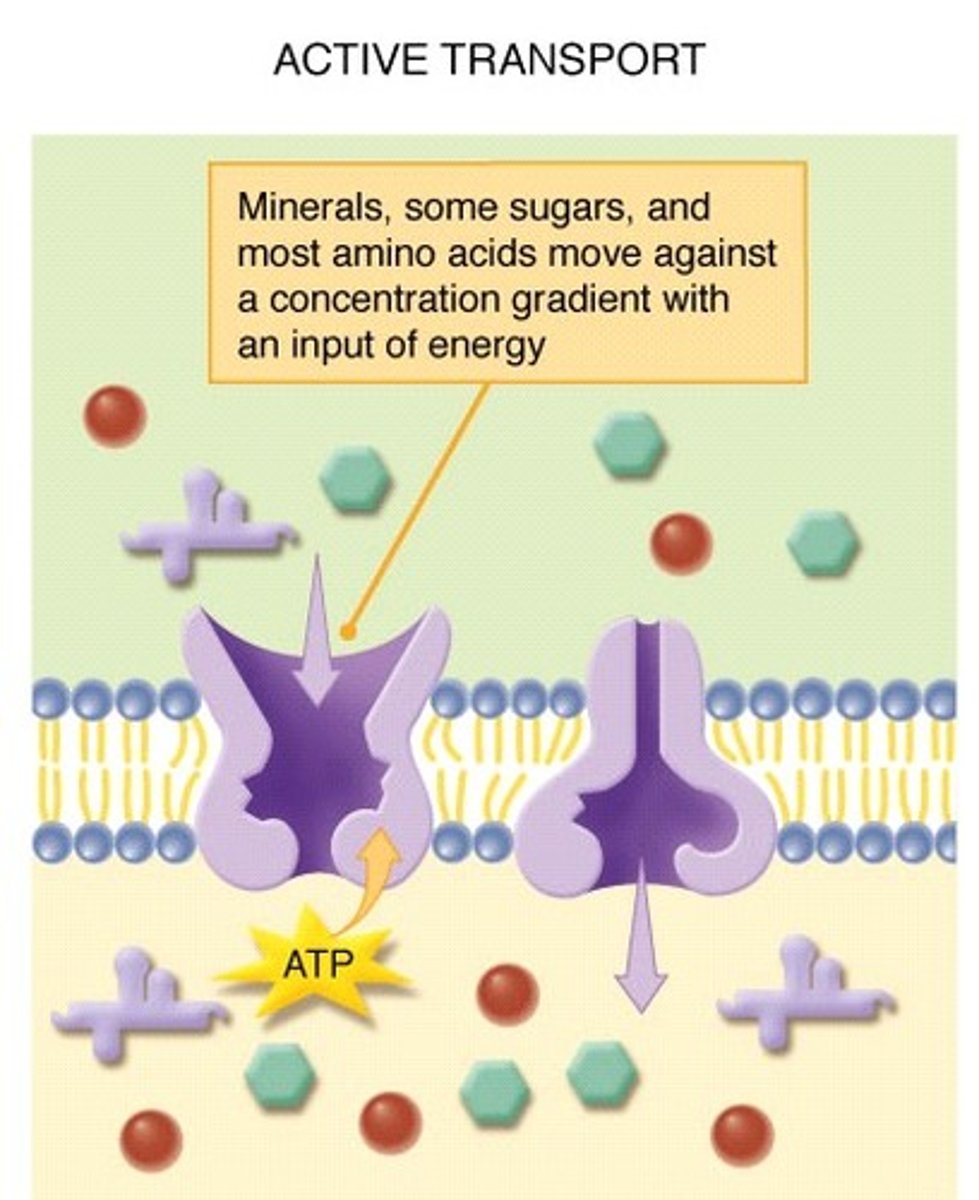
Stem Cells in Animals - Adult Stem Cells
- A stem cell found in the bone marrow that can form many types of cells
- They are able to differentiate into SOME different types of cell, but not as many as an embryonic cell
Alveoli
- Small air sacs in the lungs that serve as the gaseous exchange surface
- They provide a large surface area for efficient exchange.
Aorta
Oxygenated blood is pumped at high pressure from the left ventricle to the body
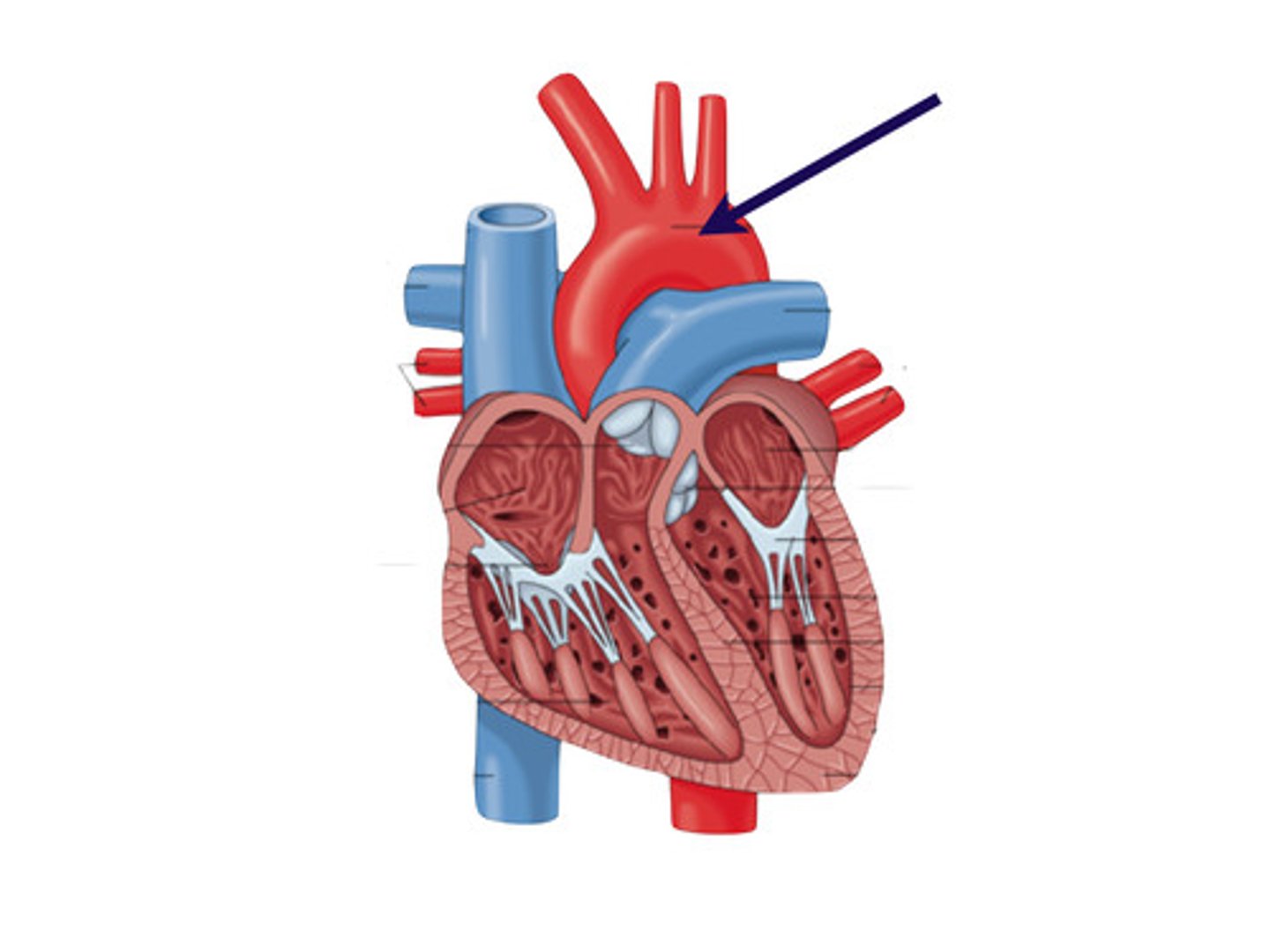
Arteries
- Transports the oxygenated blood away from the left side of the heart
- They have thick walls as they carry blood under a high pressure
- They have smooth muscle tissue enabling vessels to vasodilate or vasoconstrict
- Walls expand with the force of the contraction then snaps back to push the blood forward

Biconcave
Describes the shape of red blood cells which increases the surface area for gaseous exchange
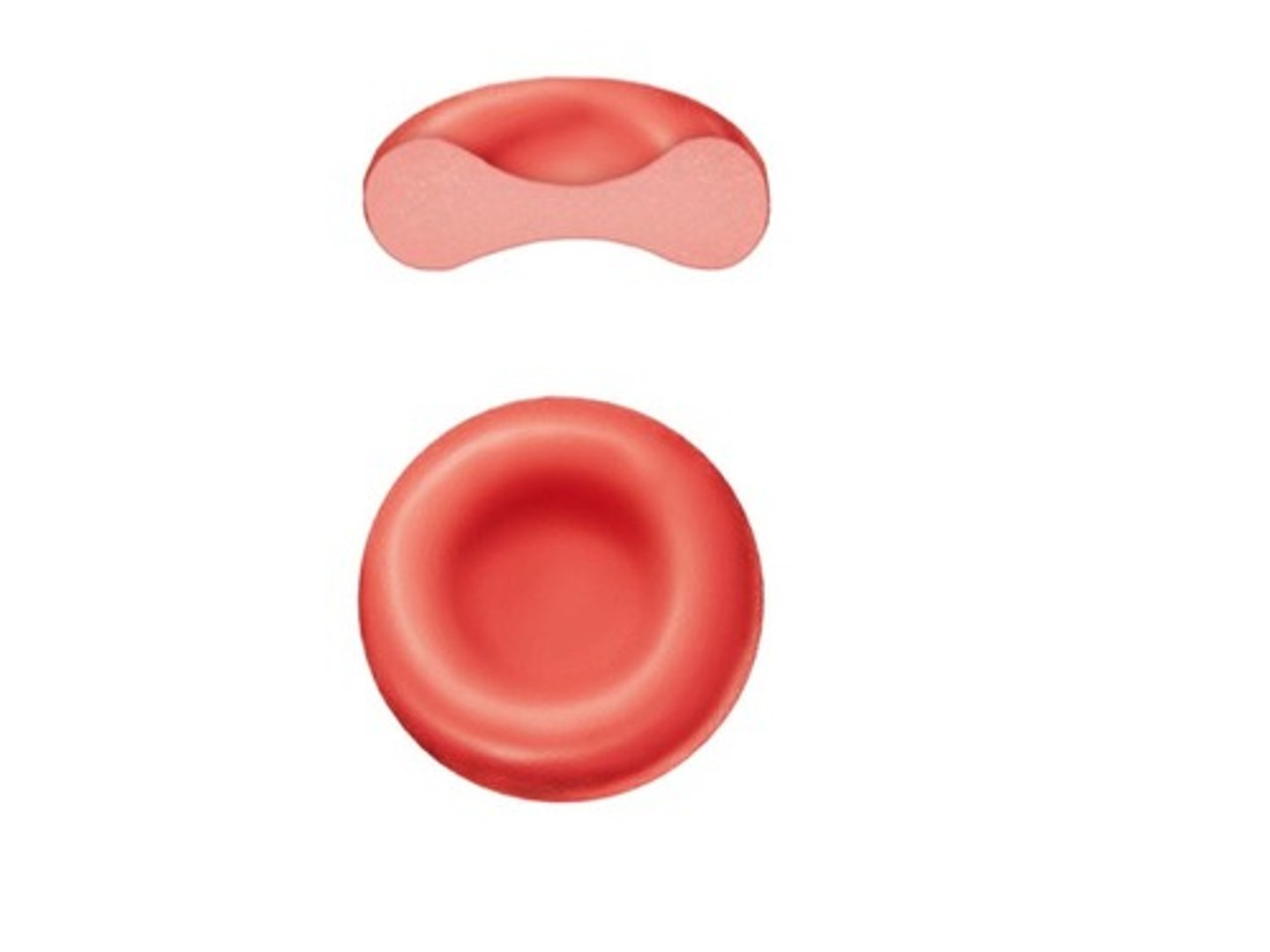
Blood
- A tissue that contains red blood cells, white blood cells, plasma and platelets
- A human contains around 5 litres of blood in their body
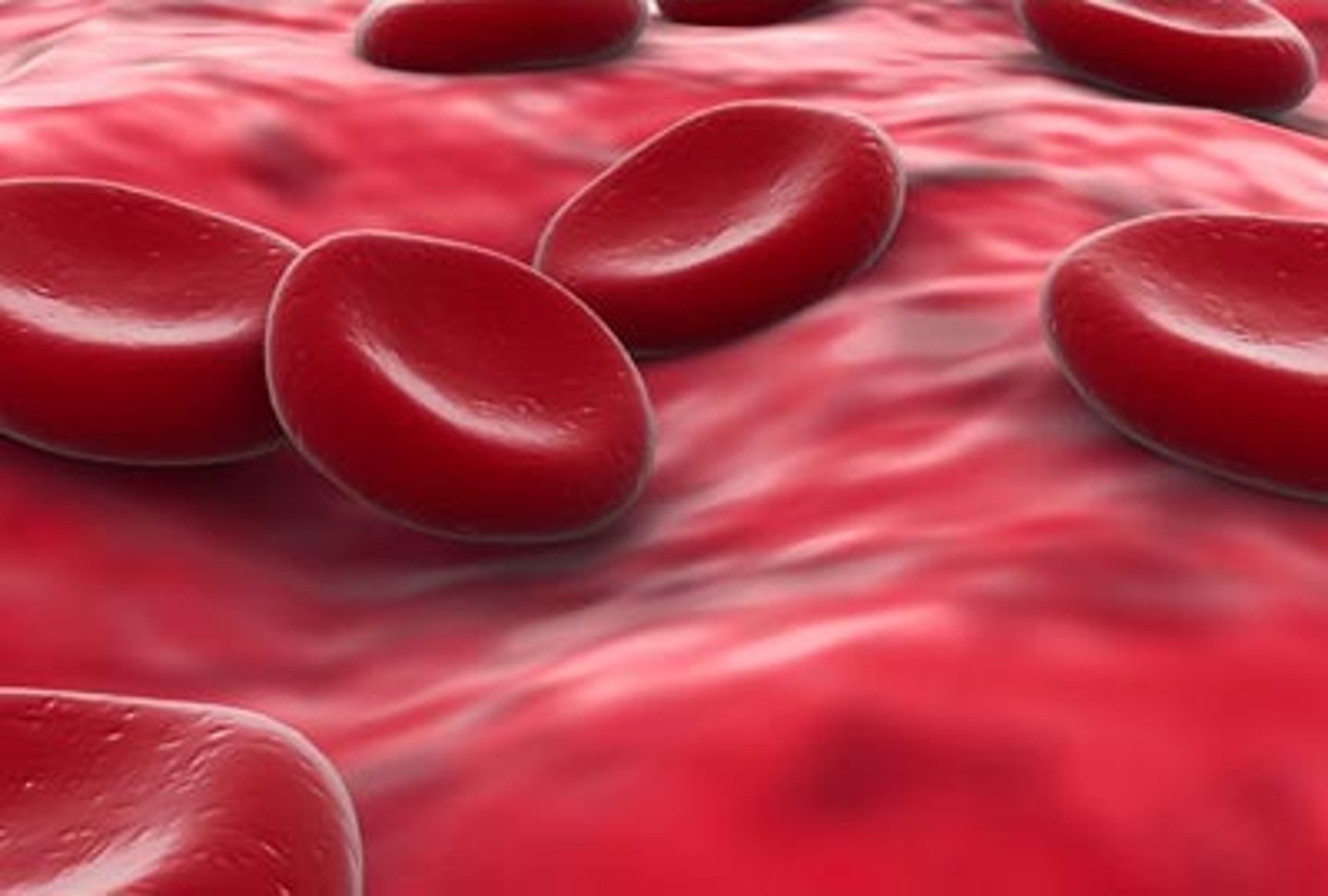
Bone marrow
A human tissue that contains stem cells which can develop into red blood cells
Cell cycle
A series of events that take place in a cell in preparation for cell division
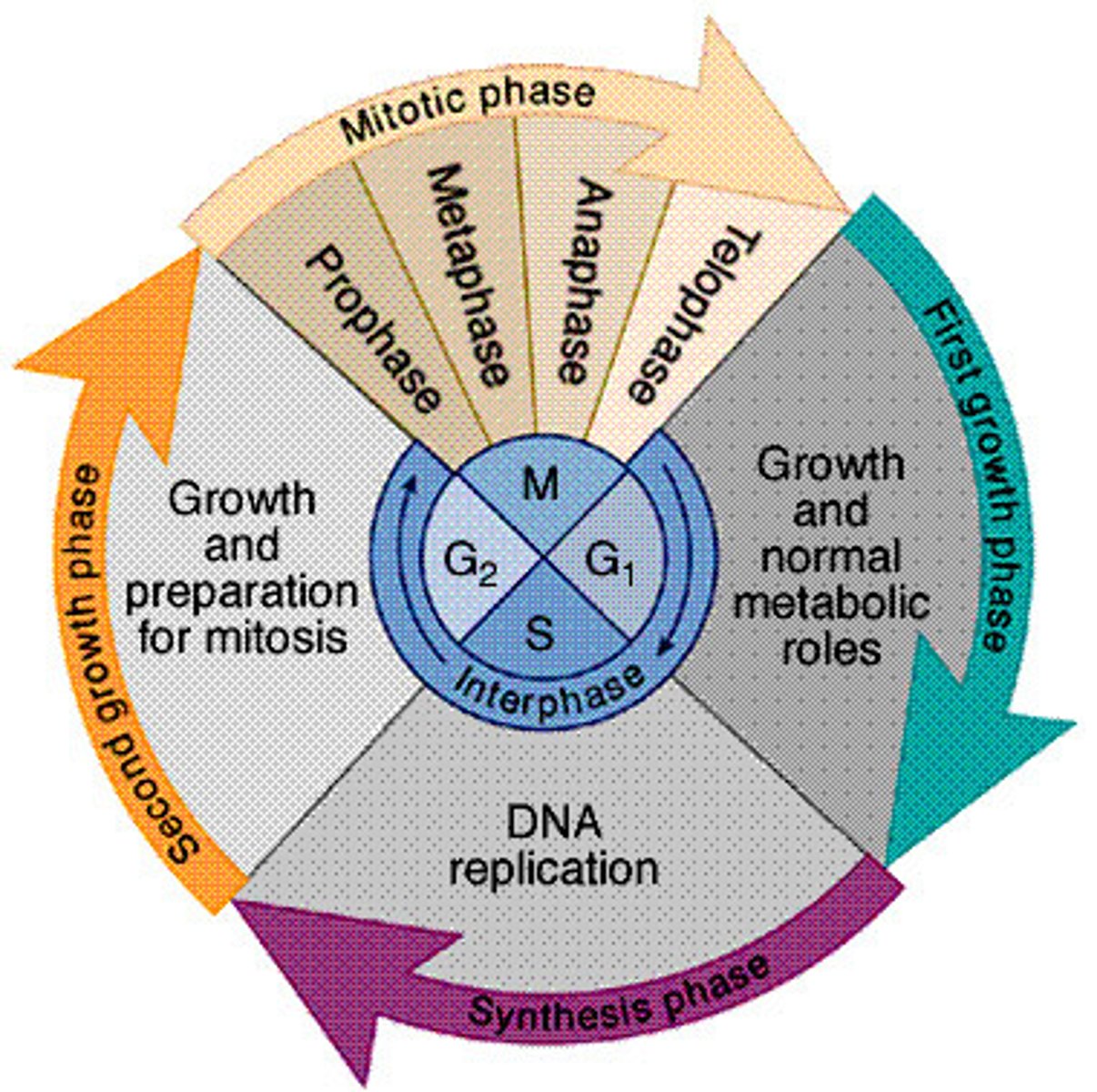
Cell Differentiation
- The production of specialised cells allowing organisms to become more efficient
- The cells adapt to better perform its function
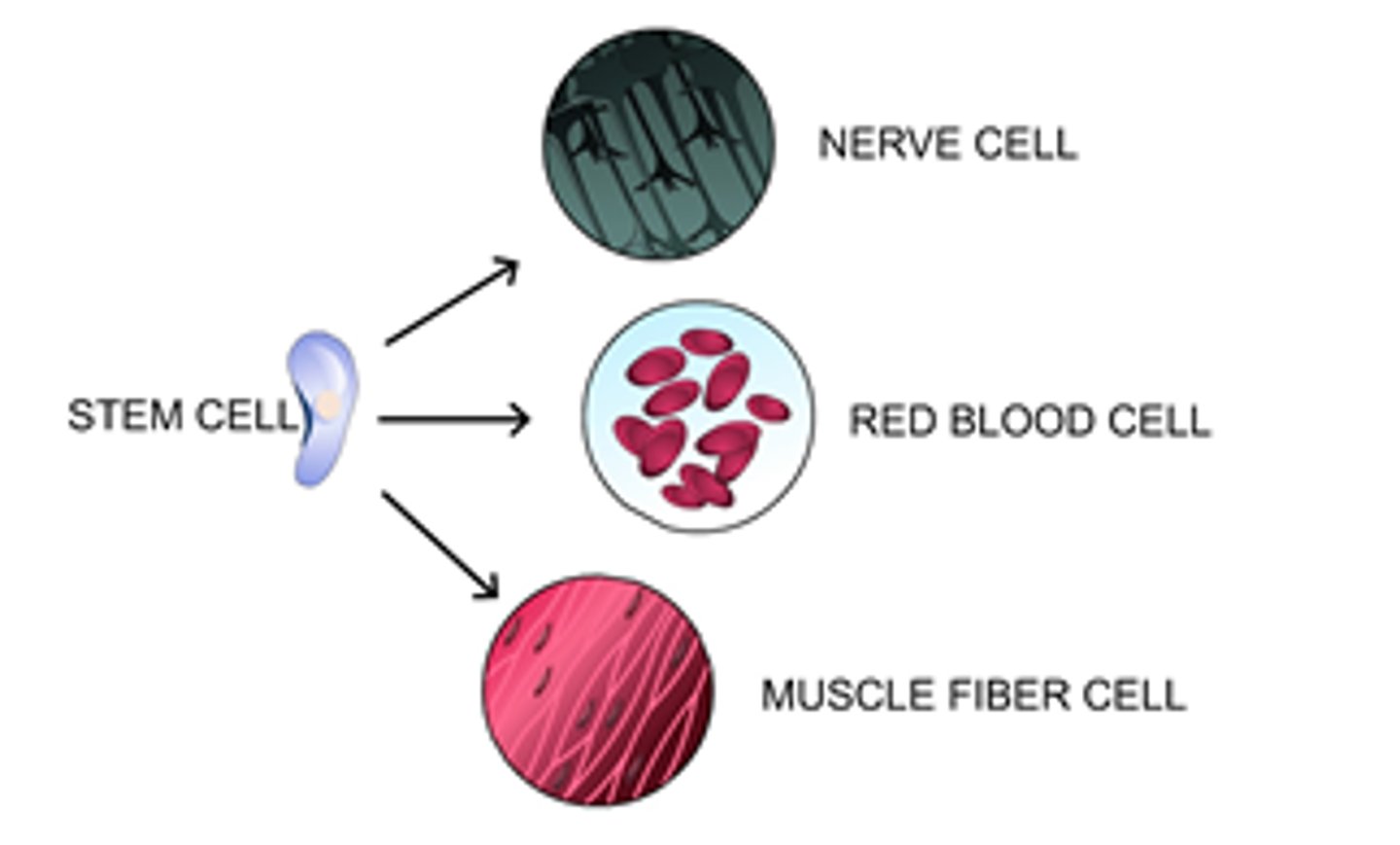
Companion Cells
- The active cells of the phloem
- They provide energy for the phloem to transport substances.
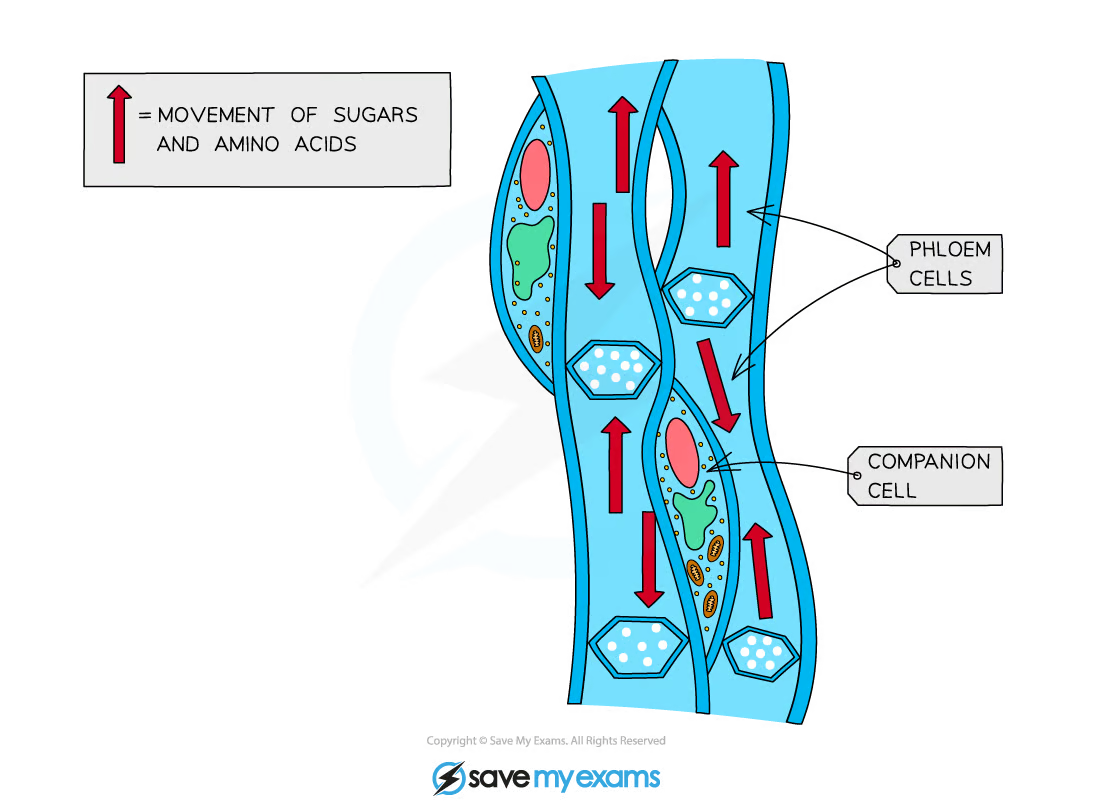
Concentration Gradient
The difference in concentration between two areas
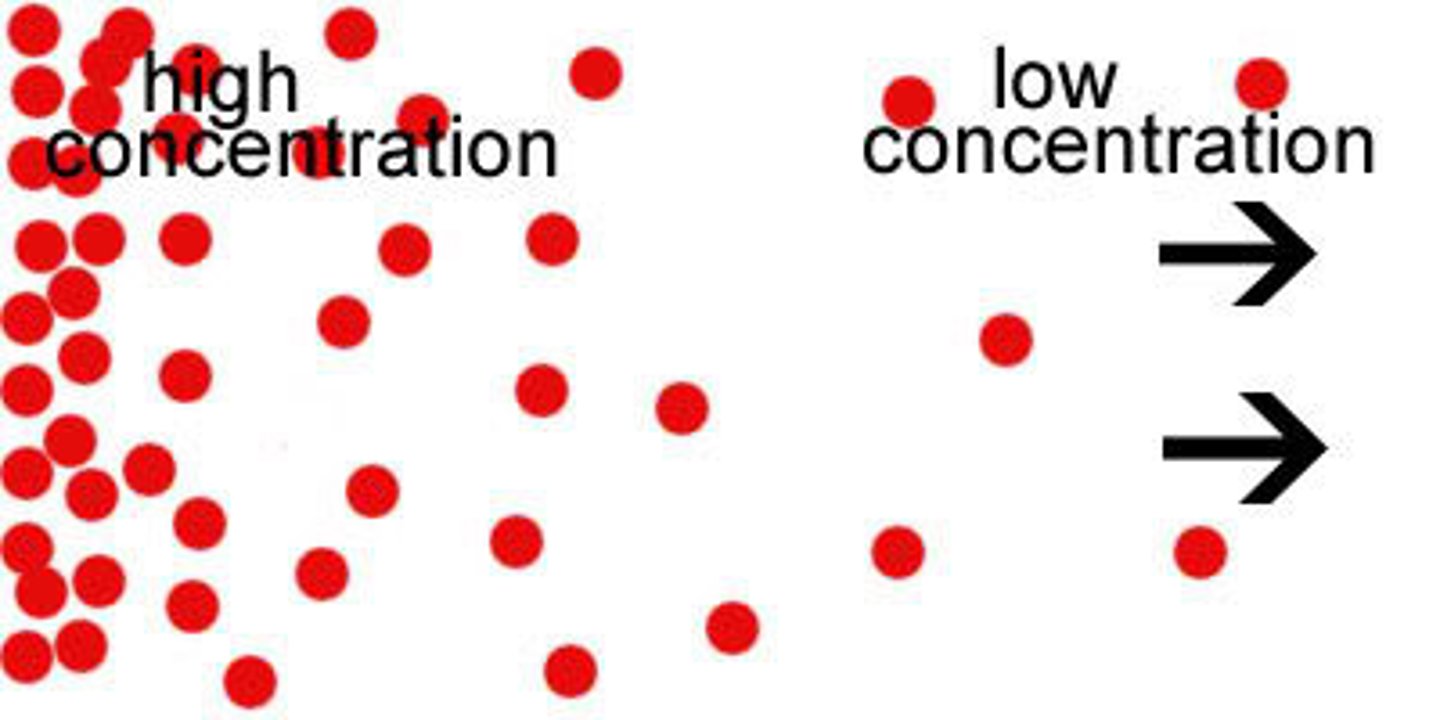
Cytokinesis
The third stage of the cell cycle in which two identical diploid daughter cells are formed

Diffusion
- The net spreading out of particles from a high concentration to a lower concentration (down their concentration gradient)
- Energy is not required
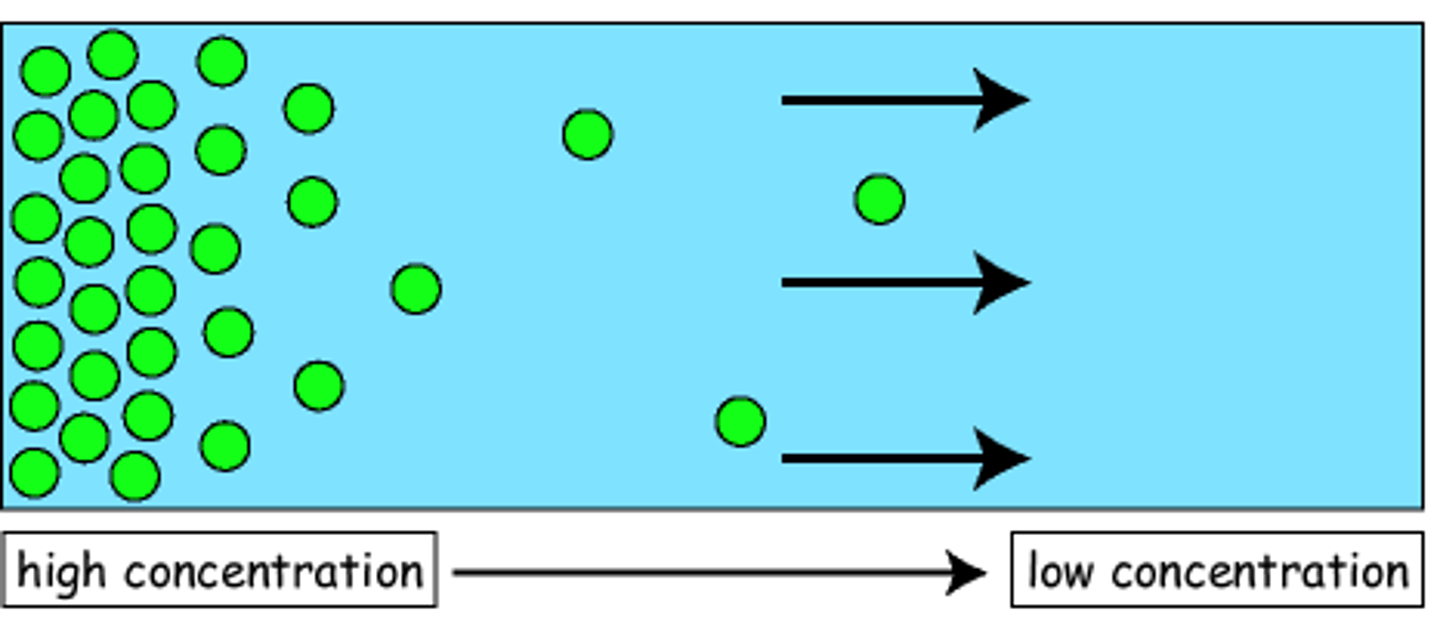
Double Circulatory System
- A circulatory system found in mammals in which the blood passes through the heart twice in a full body circuit
- Blood remains in a closed system and transports substances around your body to cells that need them
- Blood flows through the heart twice and is red due to the high levels of oxyhaemoglobin
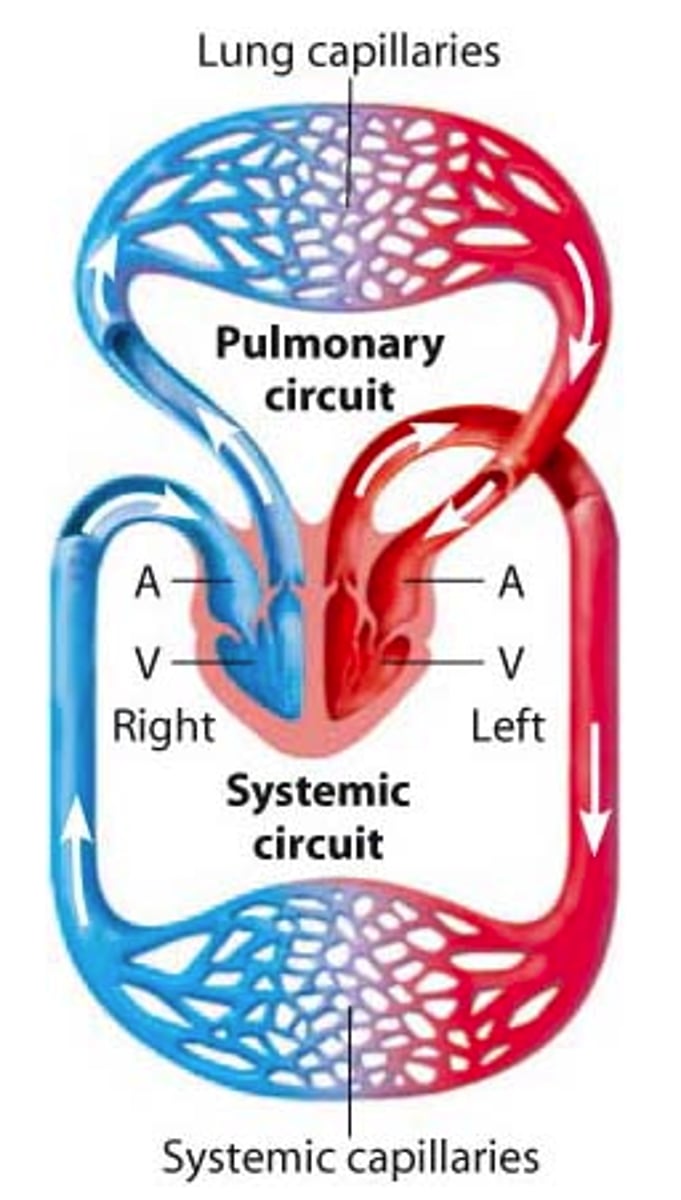
Embryo
An organism in its early stages of development
Stem Cells in Animals - Embryonic Stem Cell
- A type of stem cell found in very early embryos that can differentiate into ANY cell type
- They divide by mitosis
Guard Cells
Cells that control the opening and closing of the stomata
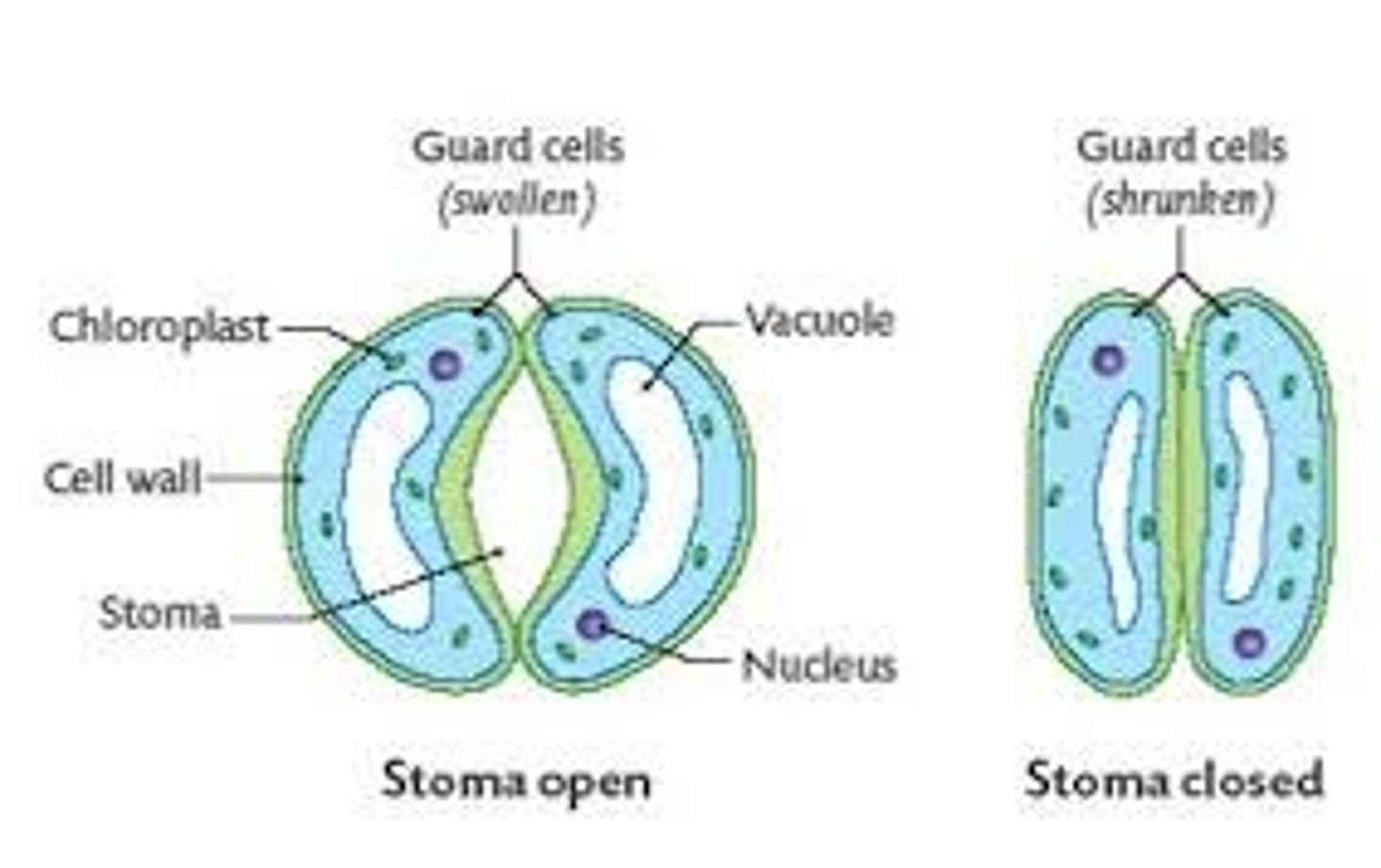
Heart
The organ that pumps blood around the body
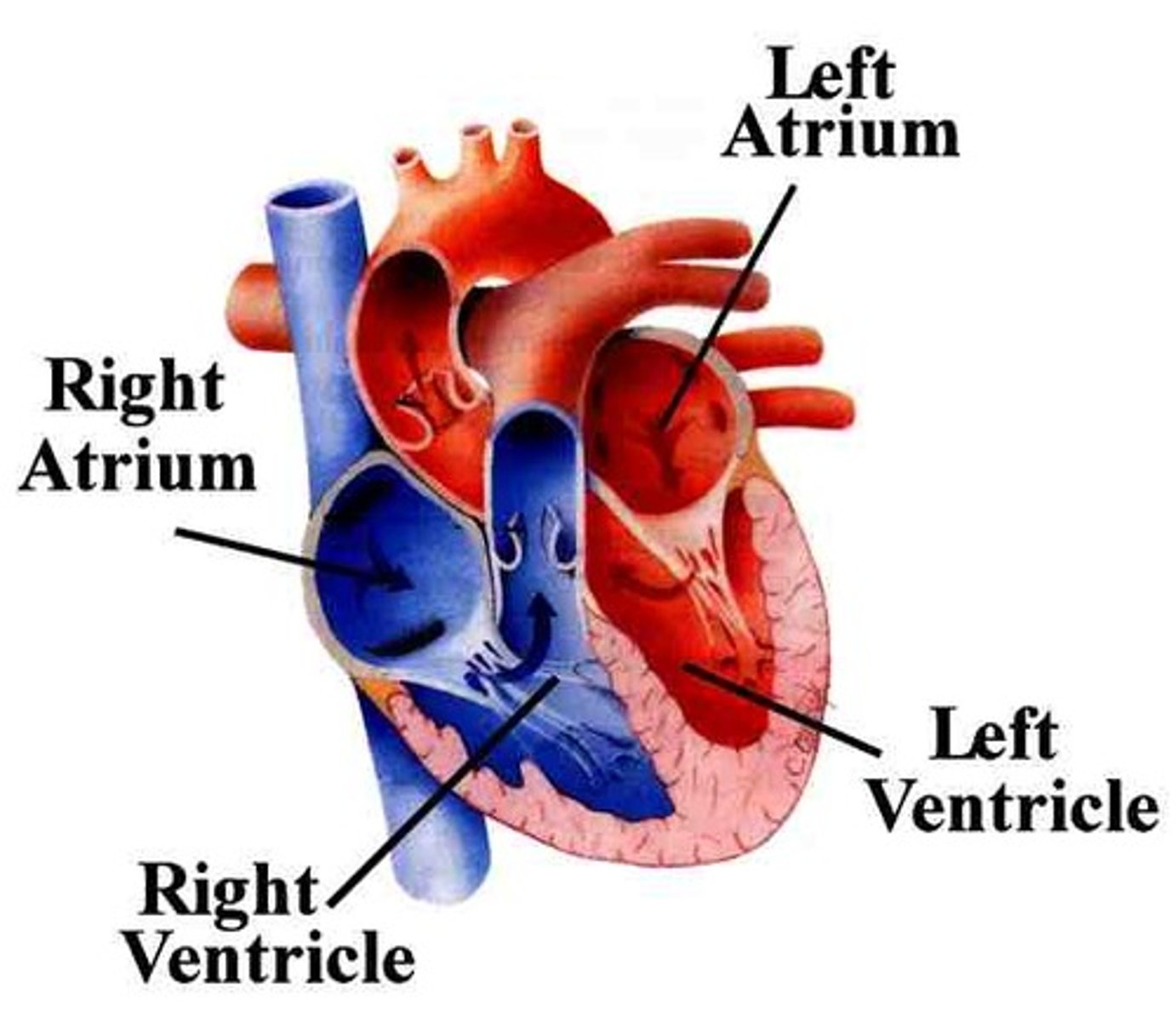
Osmosis in Animals - Hypertonic
- The net movement of water out of the cell via osmosis
- The surroundings are a more concentrated solution (lower water potential) than the cell contents
- The cell becomes crenated (crinkled and shrivelled)
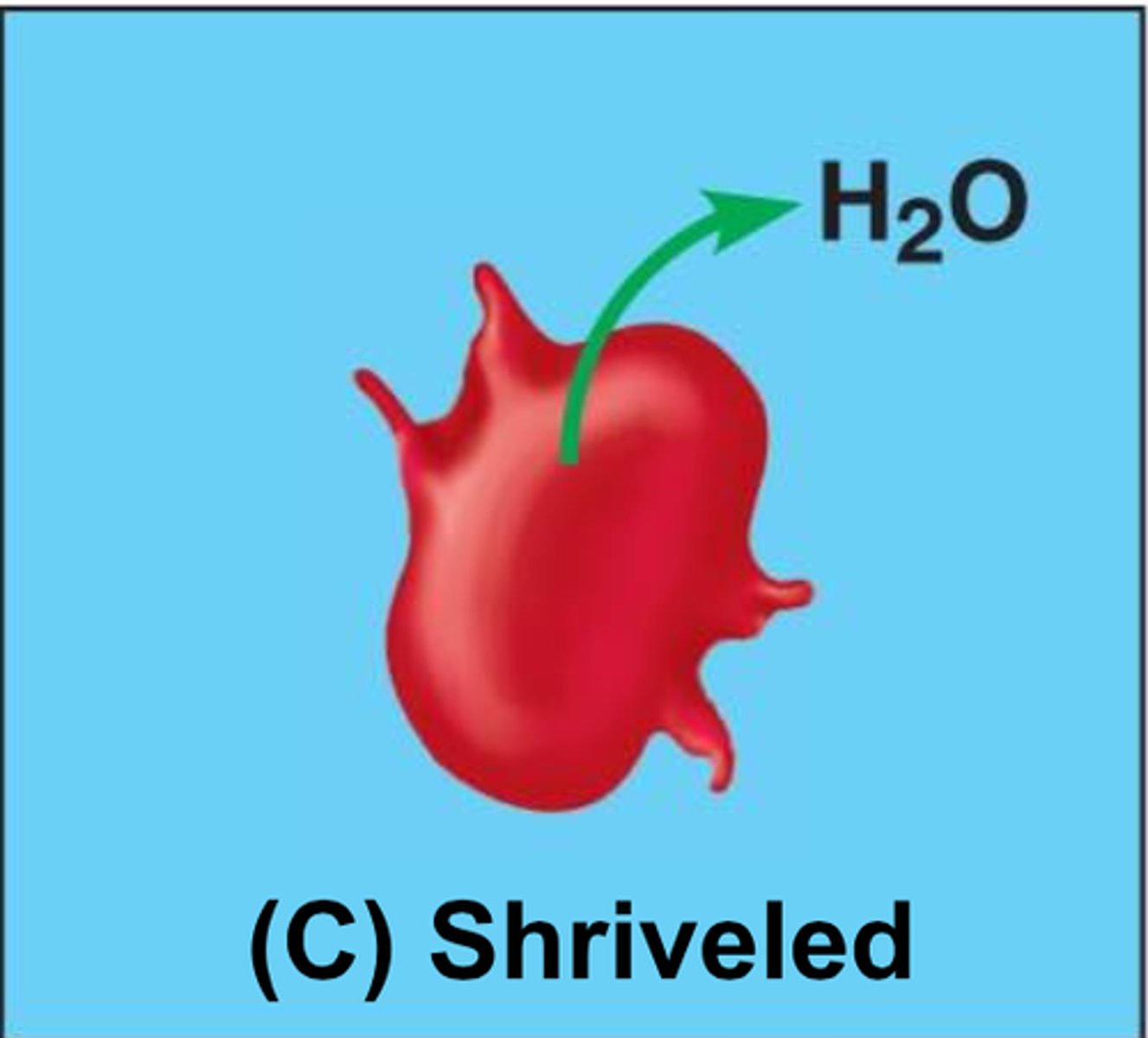
Osmosis in Animals - Hypotonic
- The net movement of water into the cell via osmosis
- The surroundings are less concentrated (higher water potential) than the cell contents
- The cell takes up water and swells. It can burst and become lysis
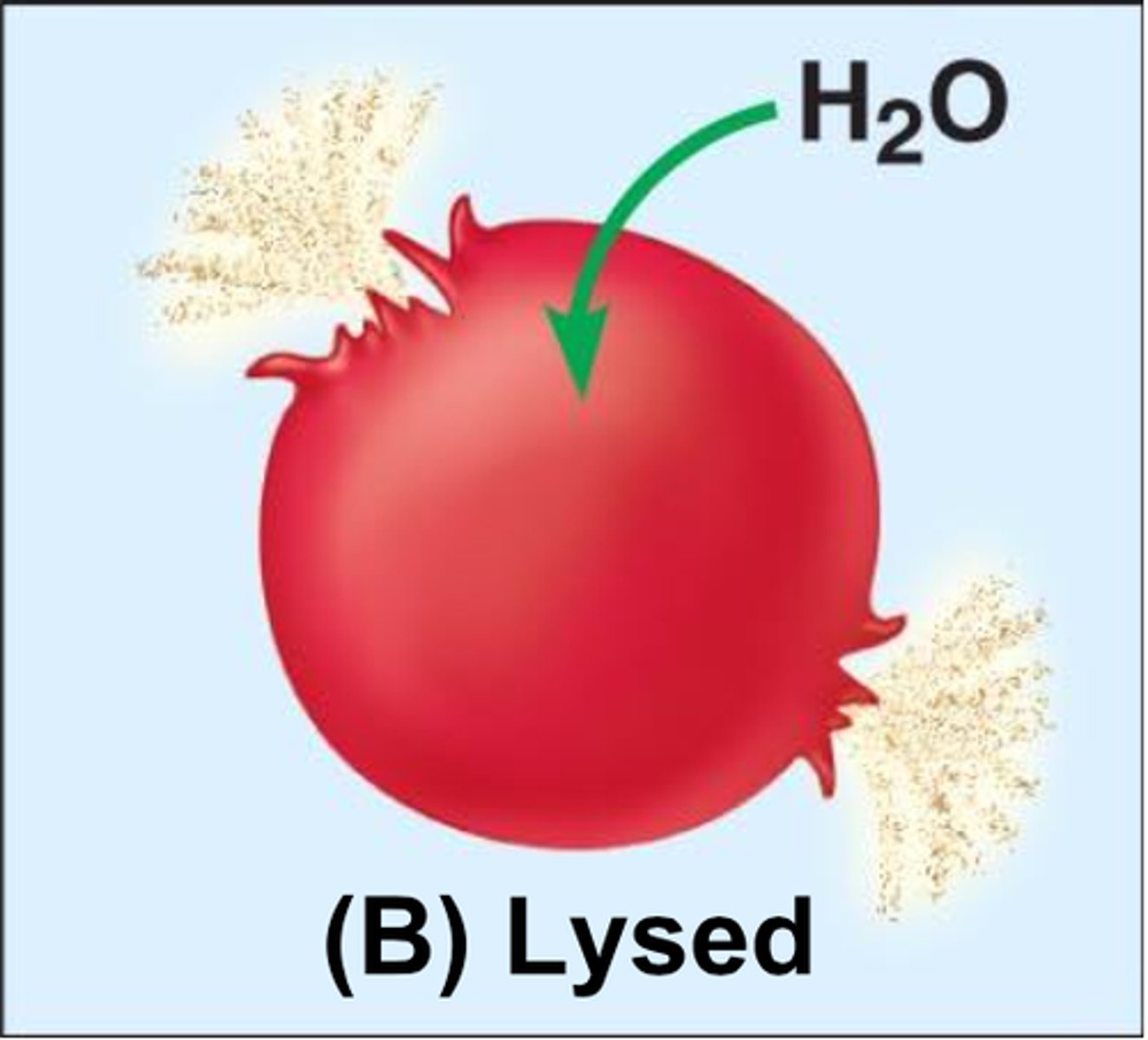
Interphase
The first stage of the cell cycle in which cells grow, new proteins are synthesised and chromosomes are replicated
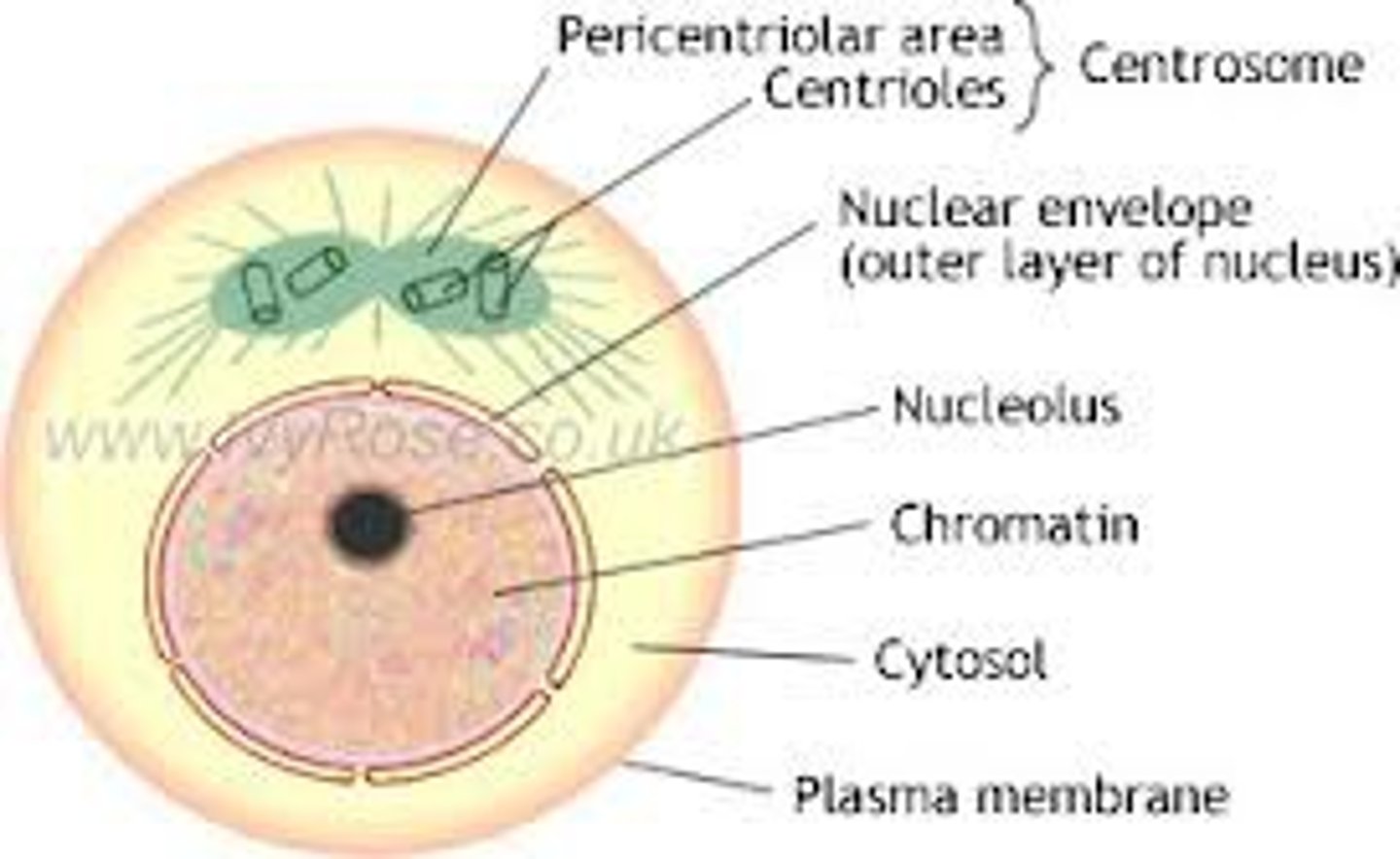
Lignin
A material that lines the xylem vessels and provides strength and support
Stem Cells in Plant - Meristematic Cell
- A type of cell that can differentiate into any plant cell type
- Only Meristems grow (shoot tips)
- They are small with thin walls, small vacuoles and no chloroplasts
- Differentiated plant cells cannot divide as their cell walls are too thick and rigid
Meristem Tissue
A plant tissue that contains many undifferentiated cells
Mitosis
- A type of cell division that produces two identical diploid daughter cells (i.e. contain a full set of chromosomes) from one parent cell
- It is the second stage of the cell cycle and is important for growth, development and the replacement of damaged cells
1. DNA molecule unzips forming 2 separate strands. The DNA bases are left exposed and free nucleotides line up against each one
2. Chromosomes line up across the centre of the cell. Two identical copies move to opposite ends of the cell, each containing a full set of identical chromosomes
3. The cell membrane pinches inwards to separate and encloses the two nuclei. It splits into two new genetically identical cells (cytokinesis)
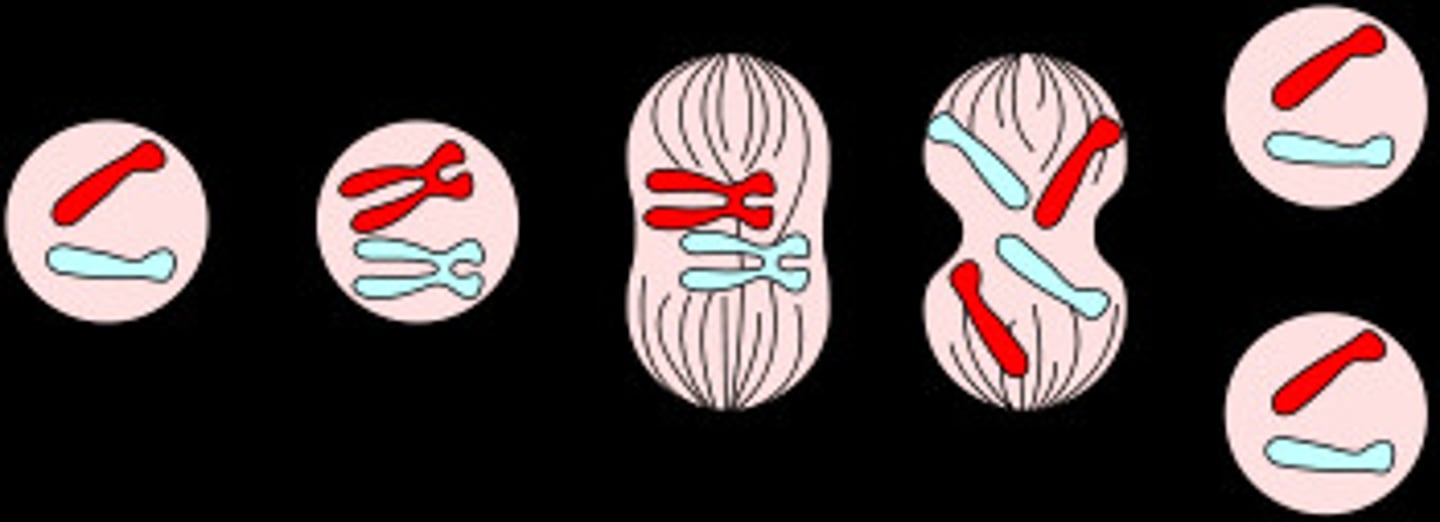
Multicellular Organism
An organism that has more than one cell
Muscle Cell
A specialised animal cell that contracts or relaxes causing muscle movement
Nerve Cell
A specialised animal cell that transmits electrical impulses
Osmosis
- The net movement of water molecules from a region of high concentration to a region of low concentration through a partially permeable membrane
- Concentration of water molecules is known as water potential
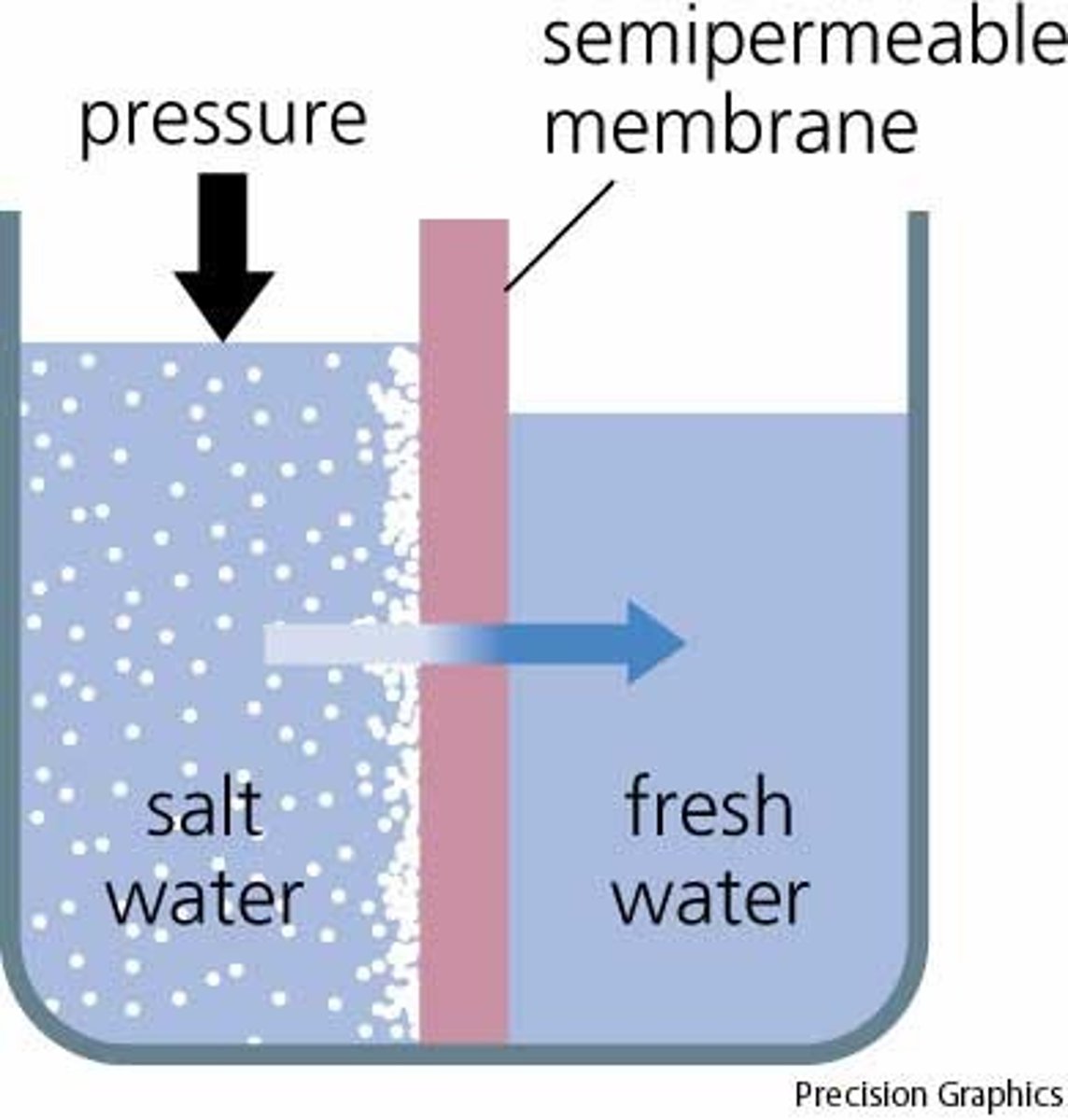
Phloem
- A plant tissue that transports dissolved sugars produced during photosynthesis
- Sugars are taken to the meristems by translocation where they help make new plant cells
- Its made of living cells with cell walls that haven't completely broken down that make sieve plates
- Sieve plates allow sugars to pass through
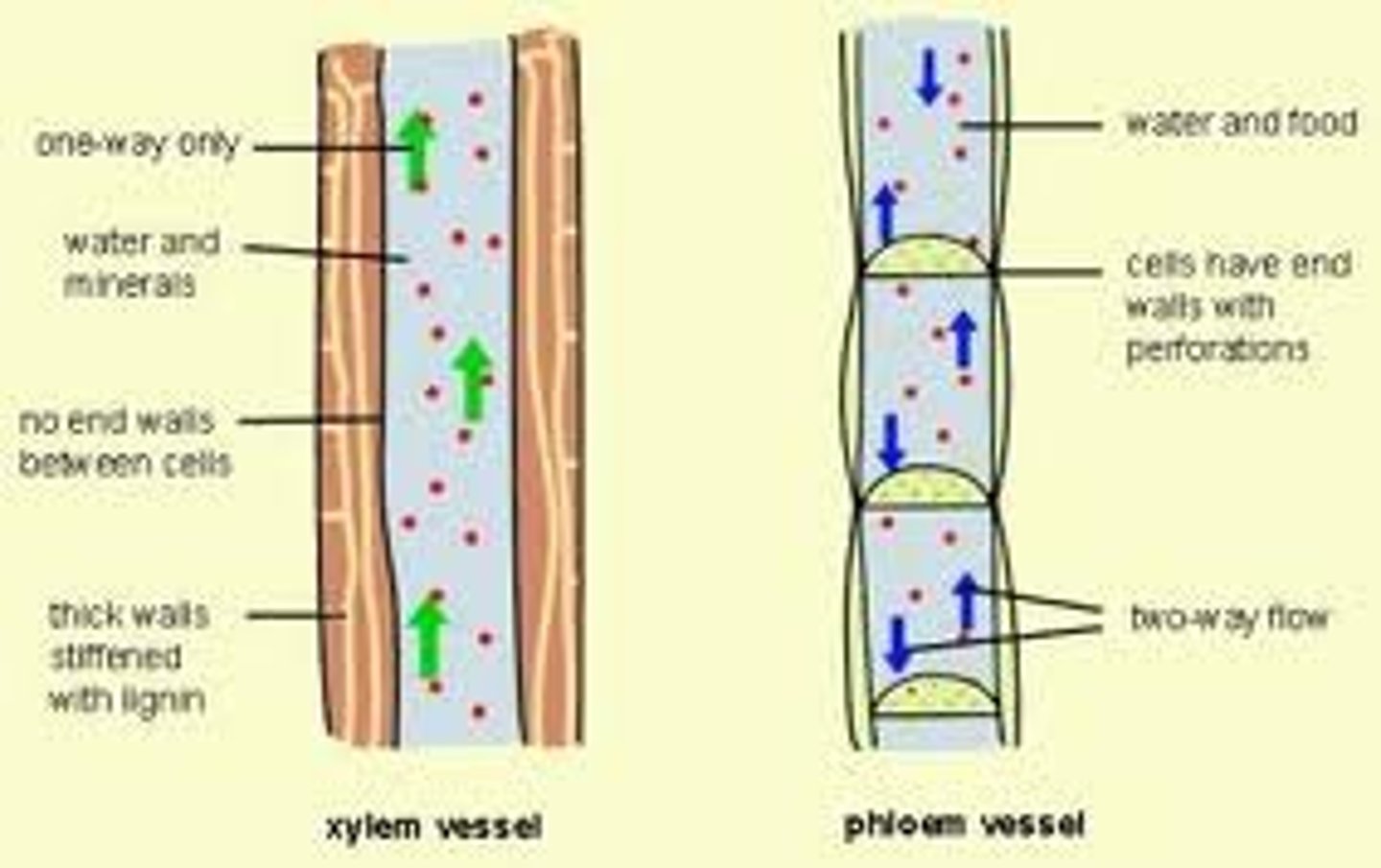
Plasma
- A pale yellow liquid found in the blood that carries water, enzymes, salts, nutrients, proteins, urea and hormones
- Over 90% of plasma is water
- Materials are transported by being dissolved in the plasma
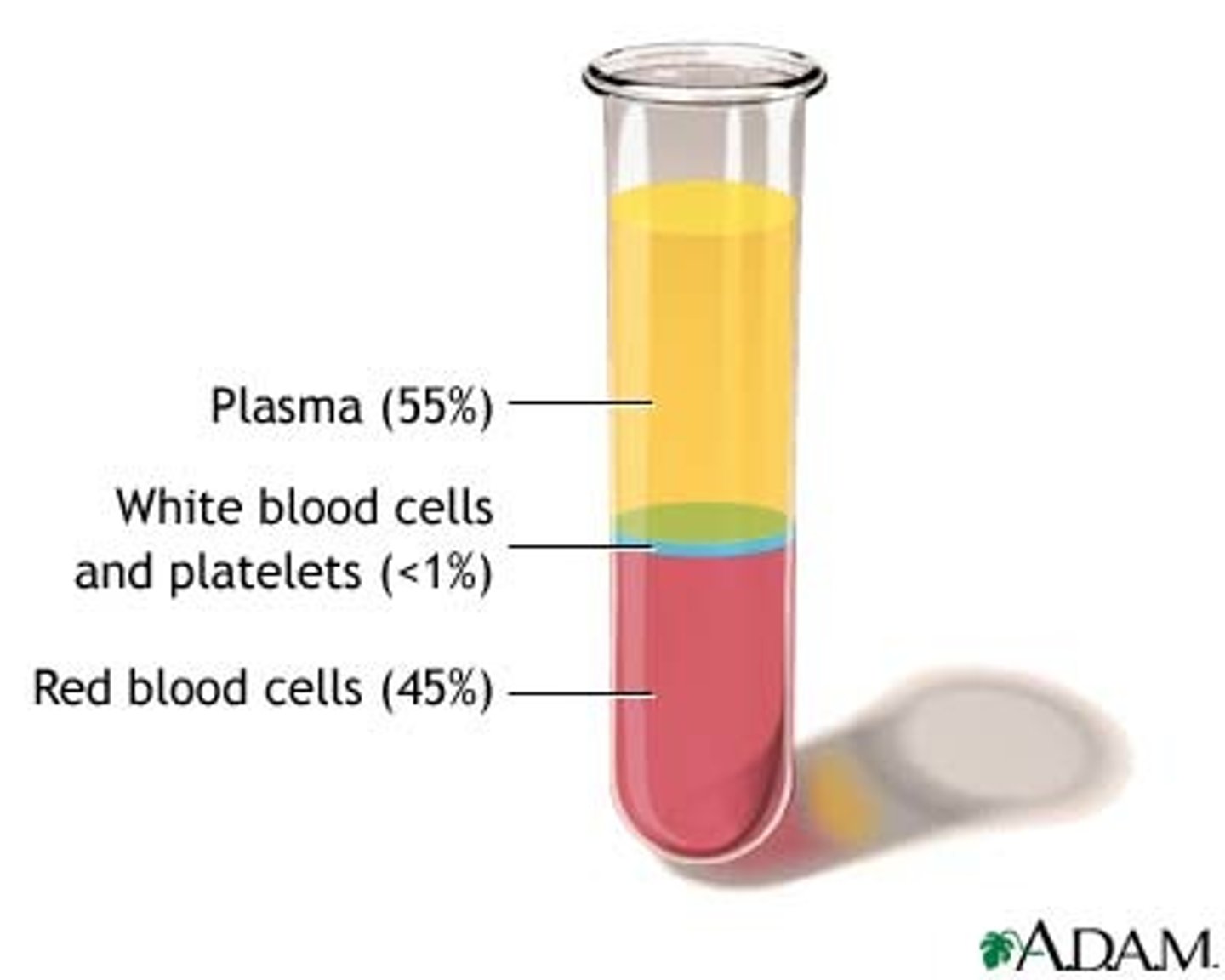
Osmosis in Plants - Plasmolysis
- The net movement of water out of a plant cell, causing the cell membrane to move away from the cell wall
- Water is lost by osmosis due to the surroundings having a more concentrated solution (lower water potential) than the cell
- This results in cell death

Potometer
- A piece of capillary tube that is used to investigate the rate of transpiration
- Water loss from the surface of the leaf is measured by the distance that the air bubble travels over a certain period of time
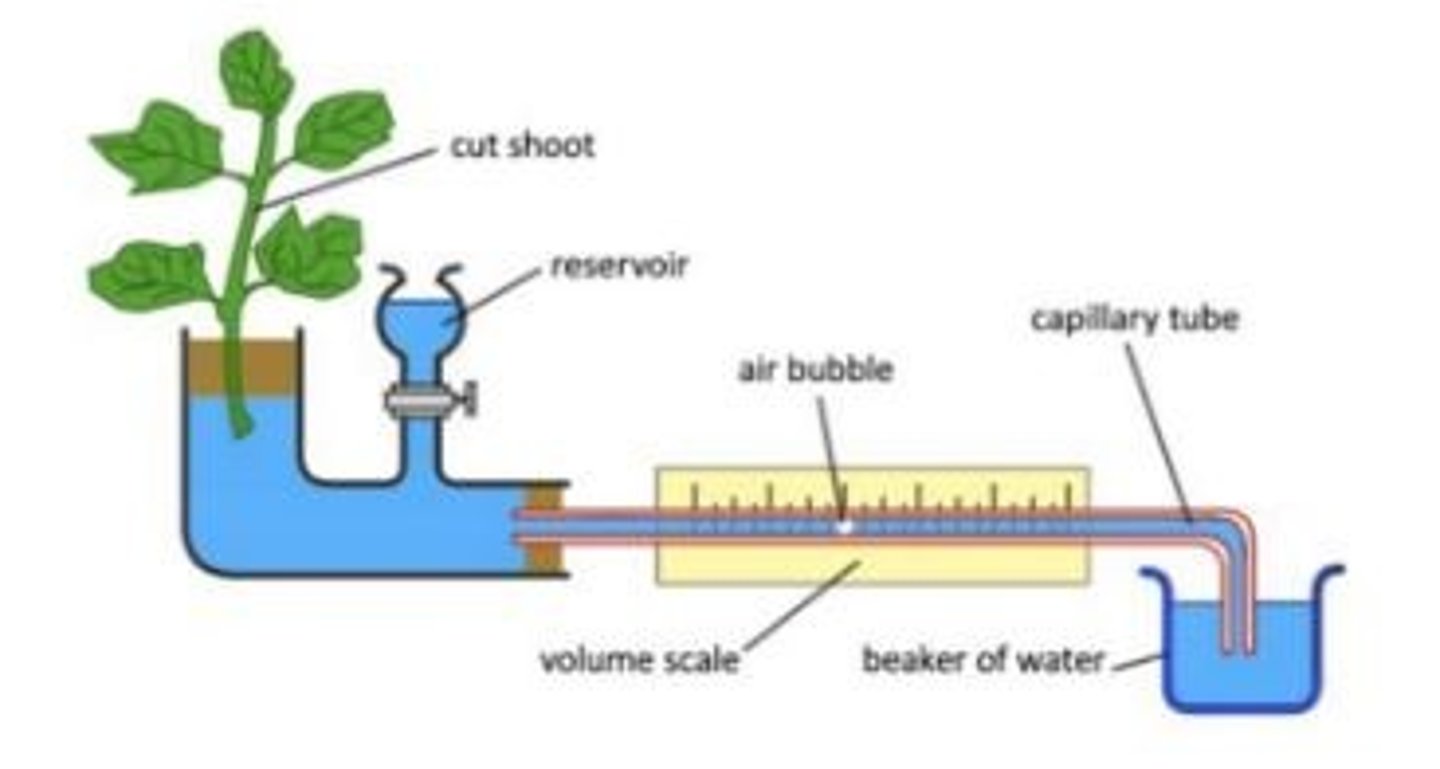
Pulmonary artery
Carries deoxygenated blood from the right ventricle to the lungs
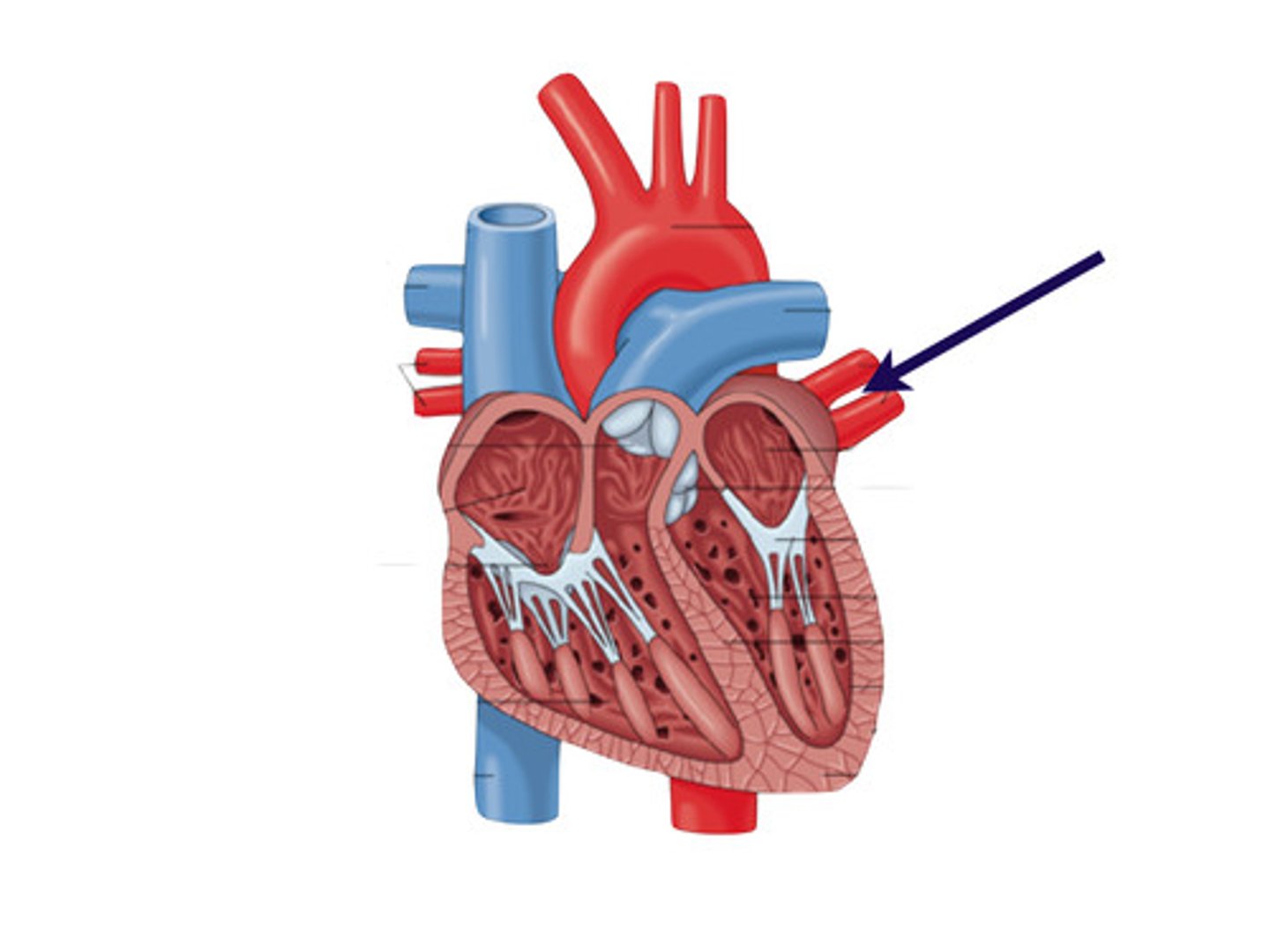
Pulmonary vein
Returns oxygenated blood from the lungs to the left atrium
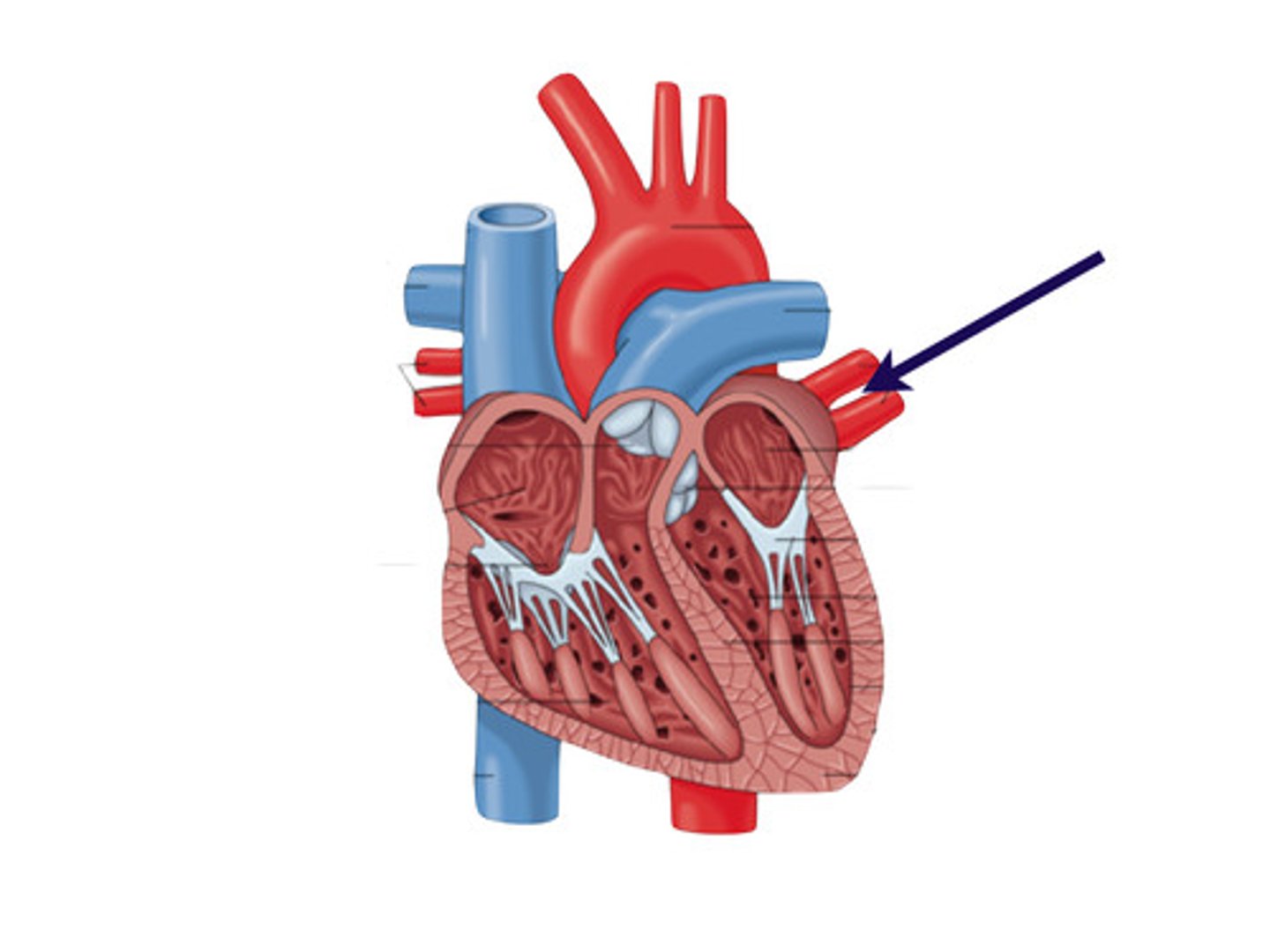
Cell Differentiation - Red Blood Cells
- They carry oxygen from the lungs to the muscles and removes CO2 from muscles to lungs.
- They contain a red-coloured compound called haemoglobin which bonds with oxygen to form oxyhaemoglobin
- They remove carbon dioxide form the cells
- They can fit through the lumen of a capillary one cell at a time
- They are biconcave and have no nucleus increasing surface area and space
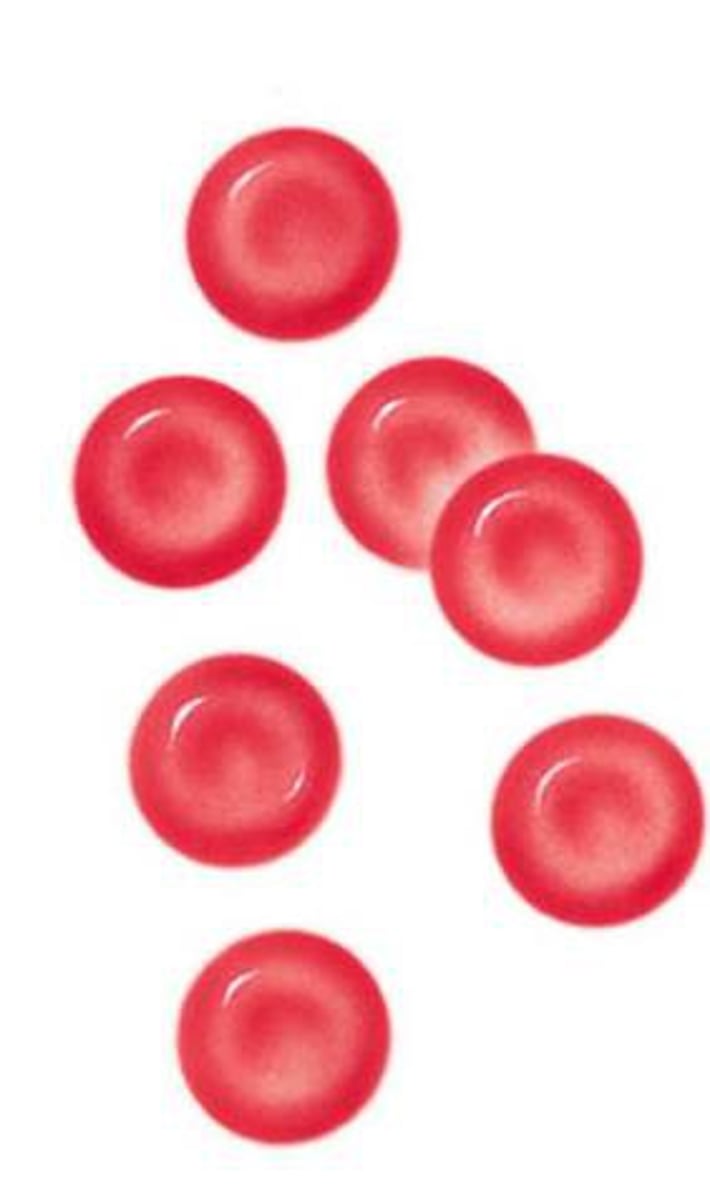
Root Hair Cells
Specialised cells that provide a large surface area for the uptake of water and minerals from the soil
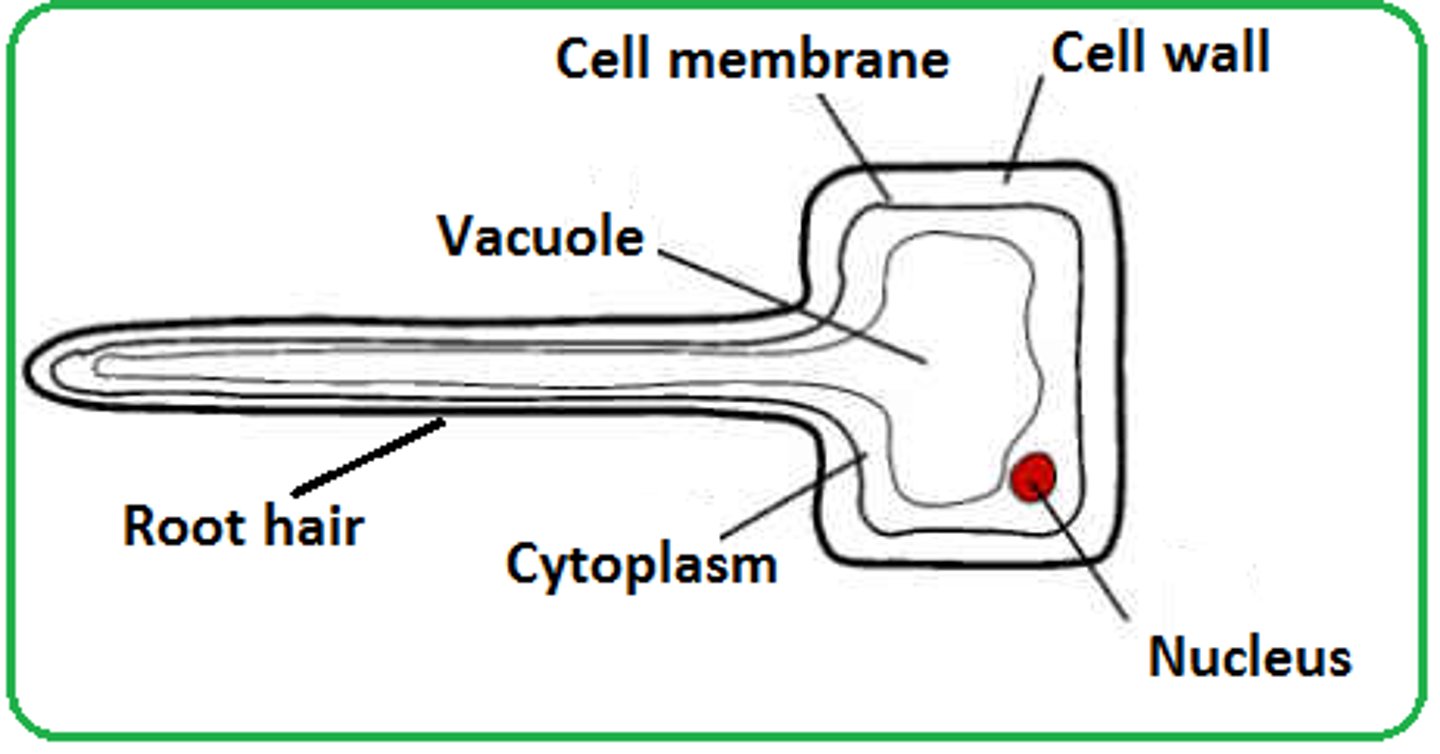
Sieve Tubes
Plant cells that have no nuclei and are connected via the cytoplasm
Cell Differentiation - Sperm Cell
- A specialised animal cell that carries the male DNA to the egg for reproduction
- Flagellum (tail) propels the sperm forward
- Mitochondria means sperm gains enough energy to move
- Acrosome stores digestive enzyme
Stem Cell
- Cells that are unspecialised and capable of differentiating into a range of different cell types
- They divide by mitosis
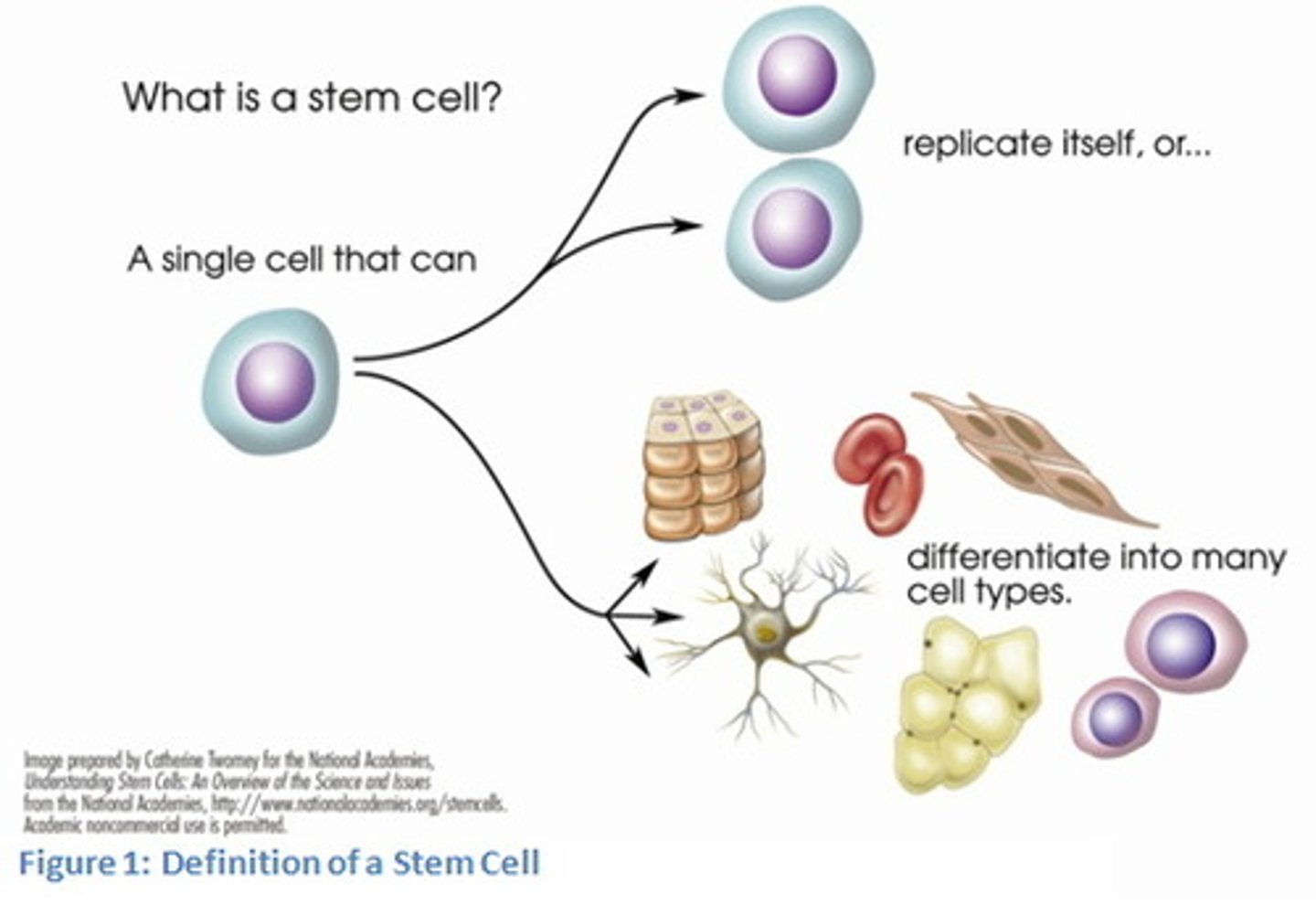
Stomata
- Small pores in the epidermis of the leaves that facilitate gaseous exchange
- They open when there is plenty of light
- The guard cells take up water by osmosis making them swell and become turgid
- When conditions for photosynthesis are not good, guard cells lose water and close
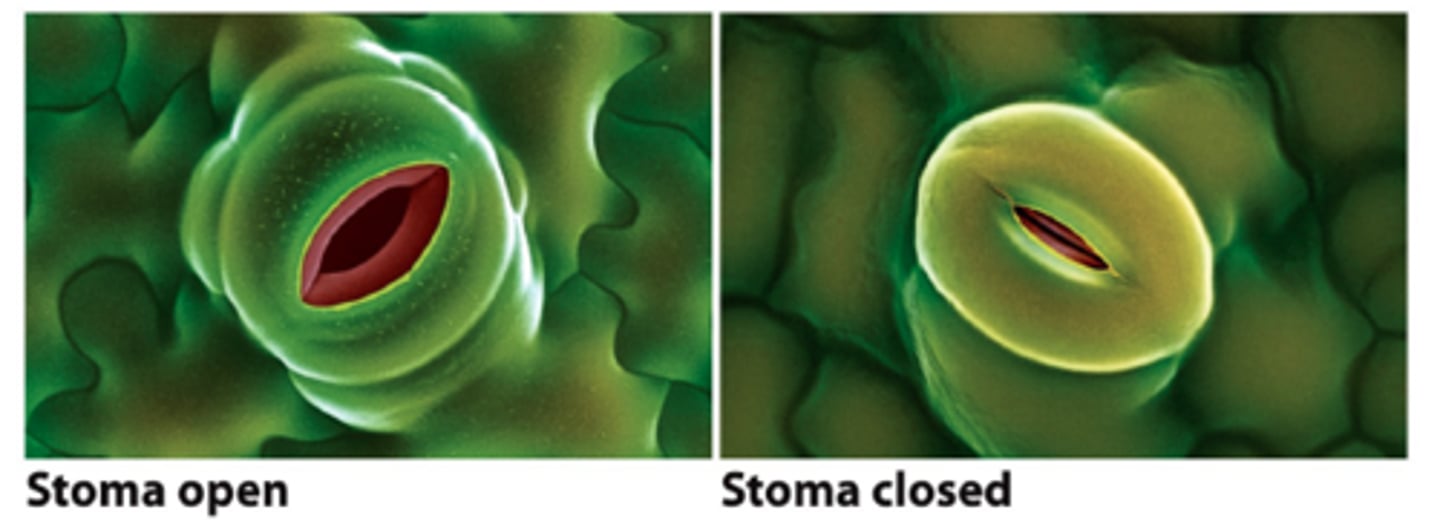
Translocation
The process of transporting sucrose around the plant
Transpiration
- The loss of water from the surface of the leaves by evaporation from the open stomata
- The water lost must be replaced by uptake through the roots
- The constant flow of water is called the TRANSPITATION STREAM
Osmosis in a Plant - Turgid
- When the vacuole of a plant cell becomes swollen and enlarged with water
- The surrounding area has a less concentrated solution (higher water potential) than the cell
- Water is taken up by osmosis but due to the cell wall it doesn't burst
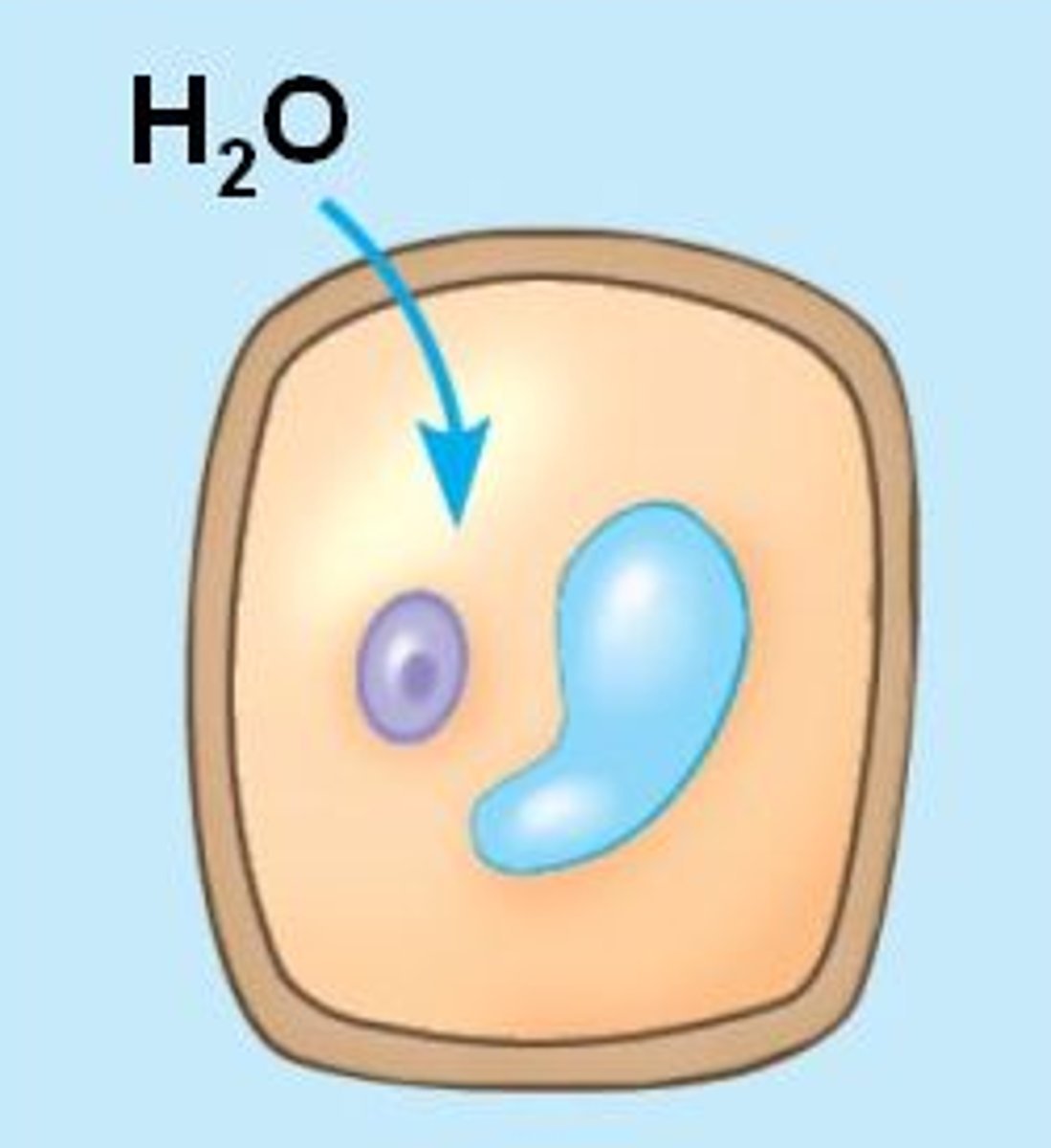
Undifferentiated Cell
A cell that is not specialised for its function
Valves
Structures found at each end of both ventricles that prevent the backflow of blood (ensuring blood flows in only one direction).
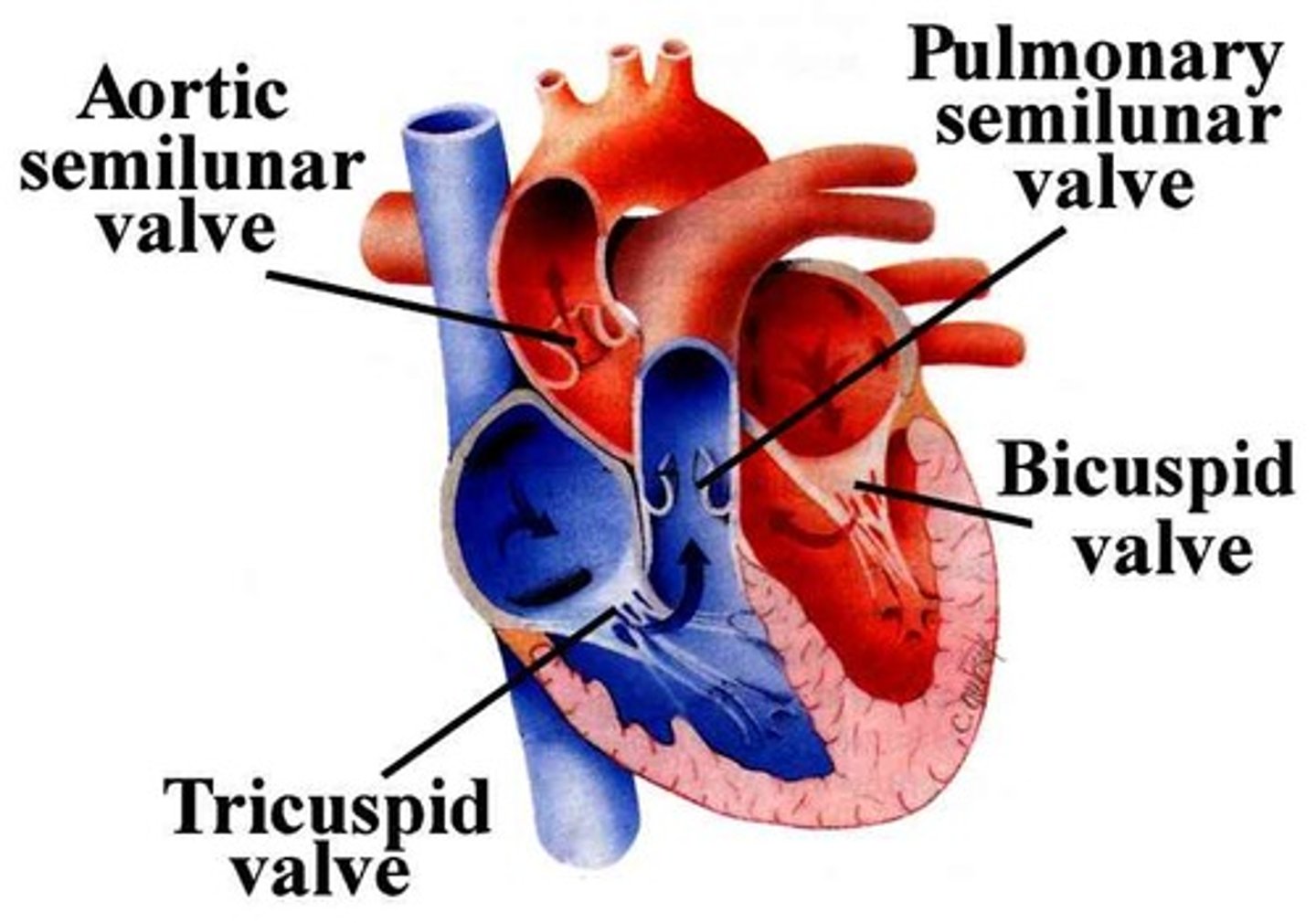
Veins
- Transport blood from all over the body back to the heart and lungs for re-oxygenation
- They have thin walls as they carry blood under low pressure
They have valves to prevent a backflow of blood
- They are darker since they carry blood full of waste products and low oxygen (deoxyhaemoglobin)

Villi
Small projections from the small intestine that increase the surface area for food absorption
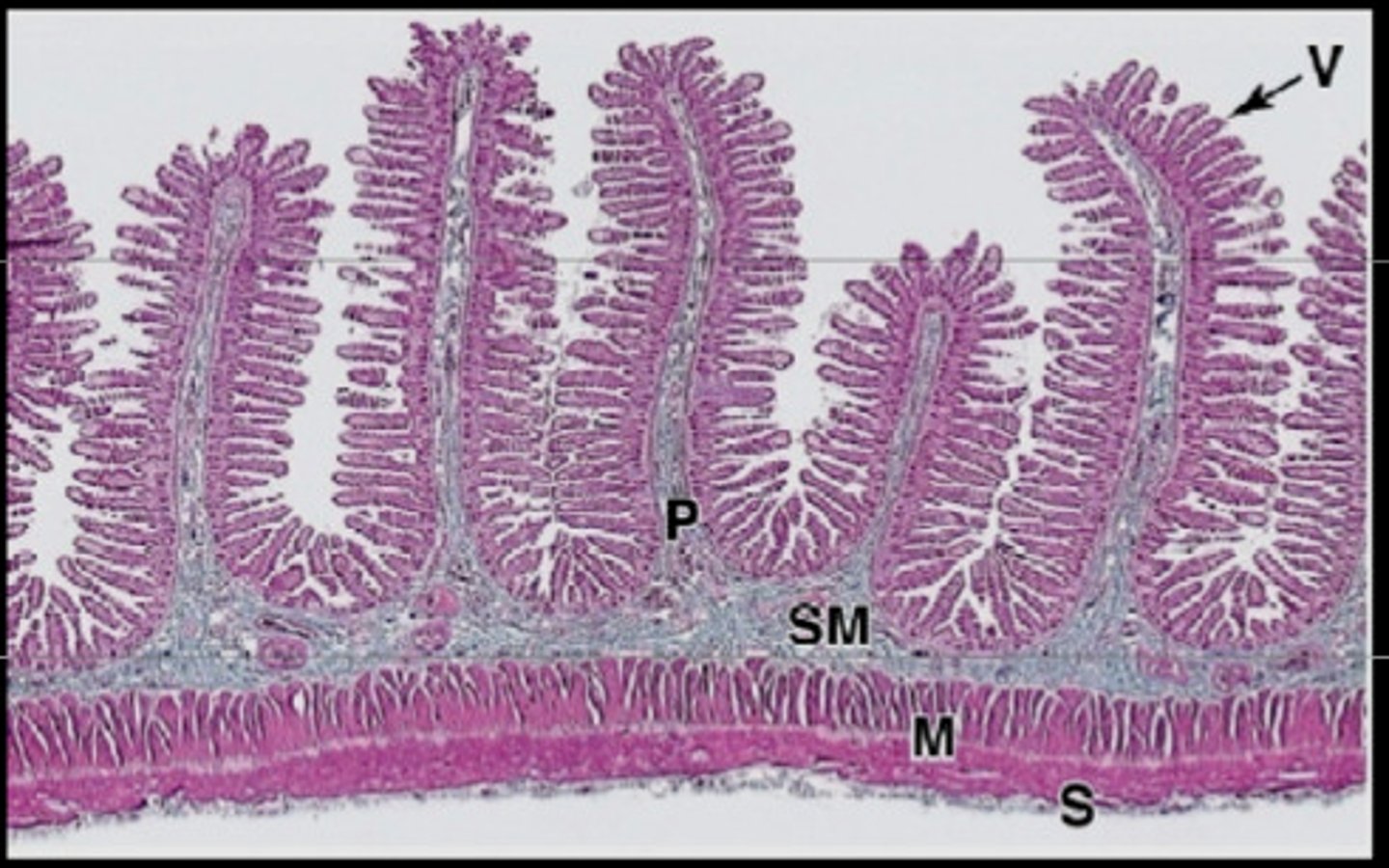
Water potential
- A measure for the tendency of water to move from one area to another area
- It is represented by the sign Ψ (Psi).
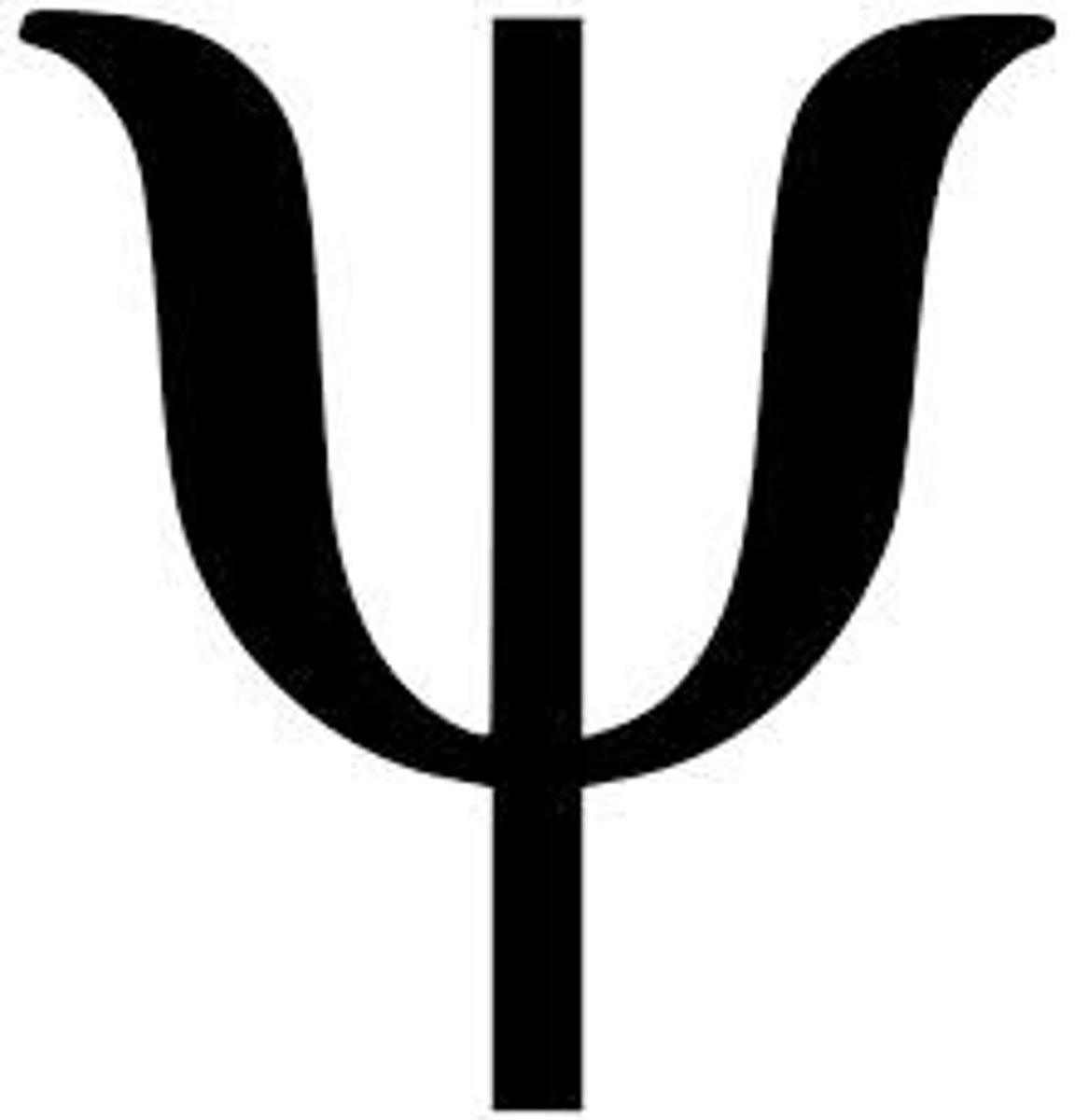
Xylem
- A specialised plant tissue that transports water and dissolved minerals ions from the roots to the leaves of the plant
- Water is diffused into the roots by osmosis and mineral ions are taken up by active transport
- Xylem is made up of DEAD xylem cells which don't have cell walls at the end to form a tube through which water and dissolved mineral ions can flow
- The xylem cellulose cell wall is thick to provide support to the plant
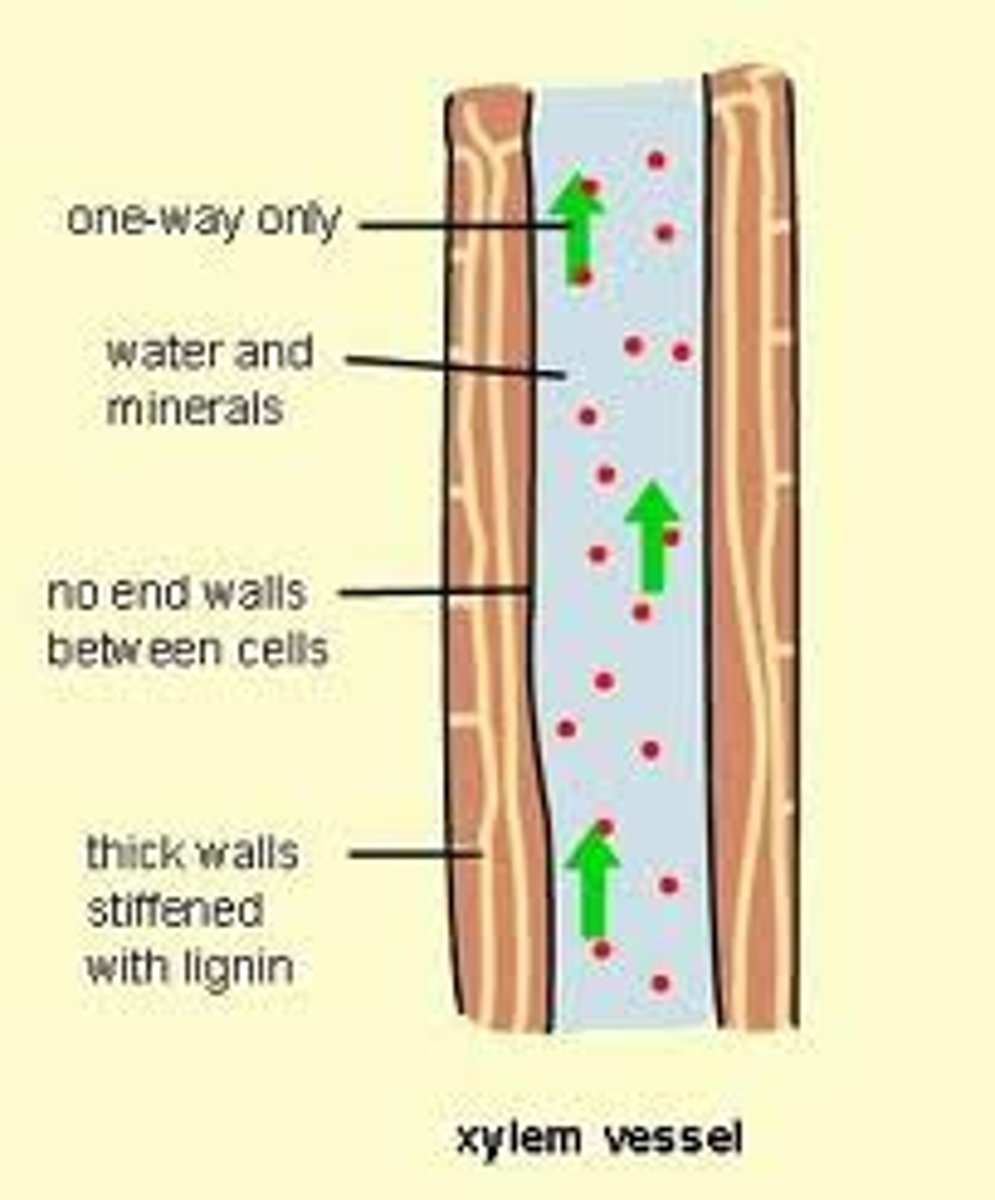
Blood Vessles
- They are tube like structures that transport blood around the body
- The hollow cavity in the centre is the lumen

Capillaries
- They carry blood to and from the body's cells
- They transport nutrients and wate products
- They are exchange points where oxygen and carbon dioxide cross into the tissue cells (muscles) from the arterioles
- They are only one cell thick to assist in diffusion

Vena Cava
Returns deoxygenated blood from the body to the right atrium
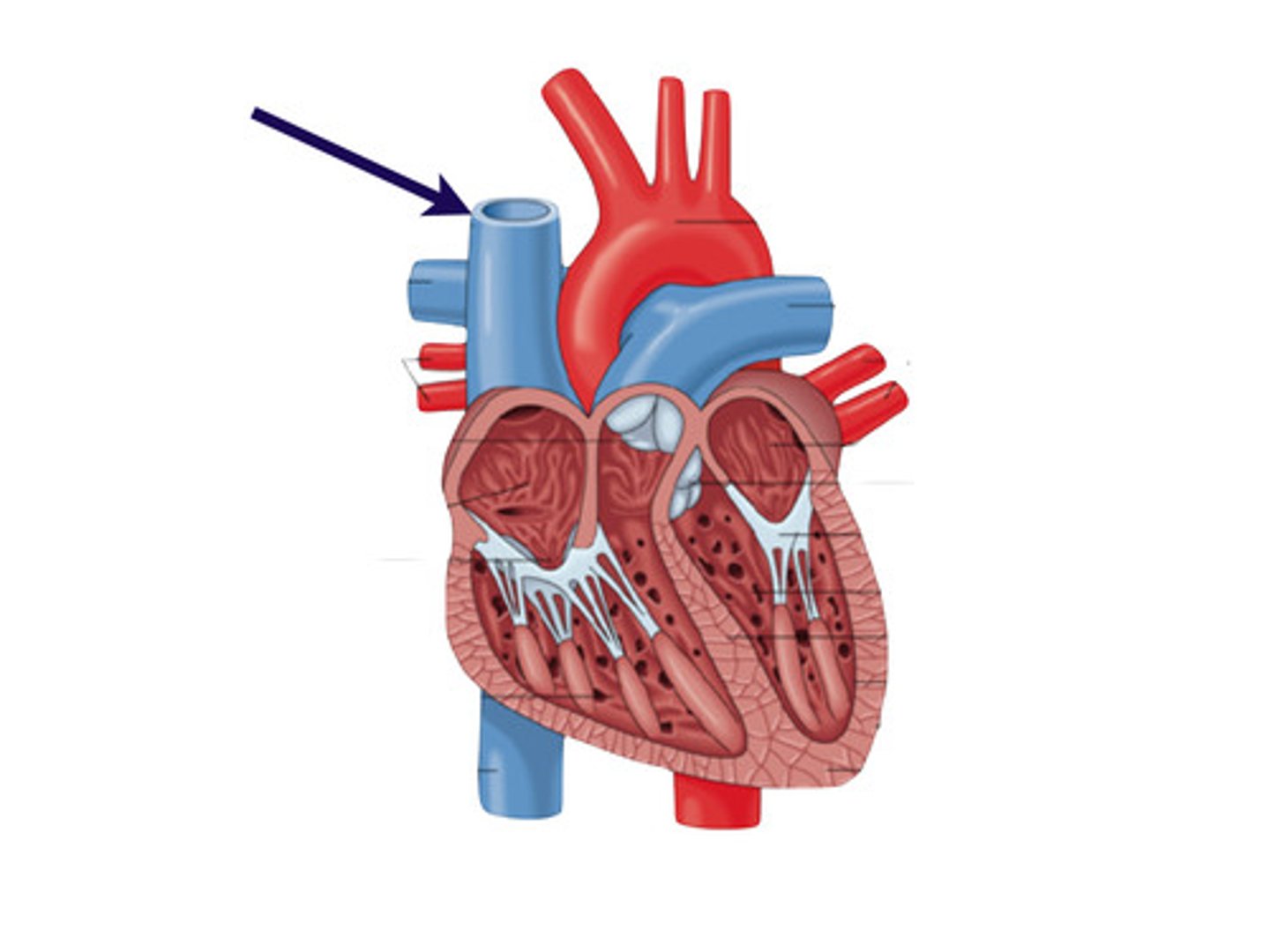
Left Atrium
An upper chamber that receives oxygenated blood from the lungs
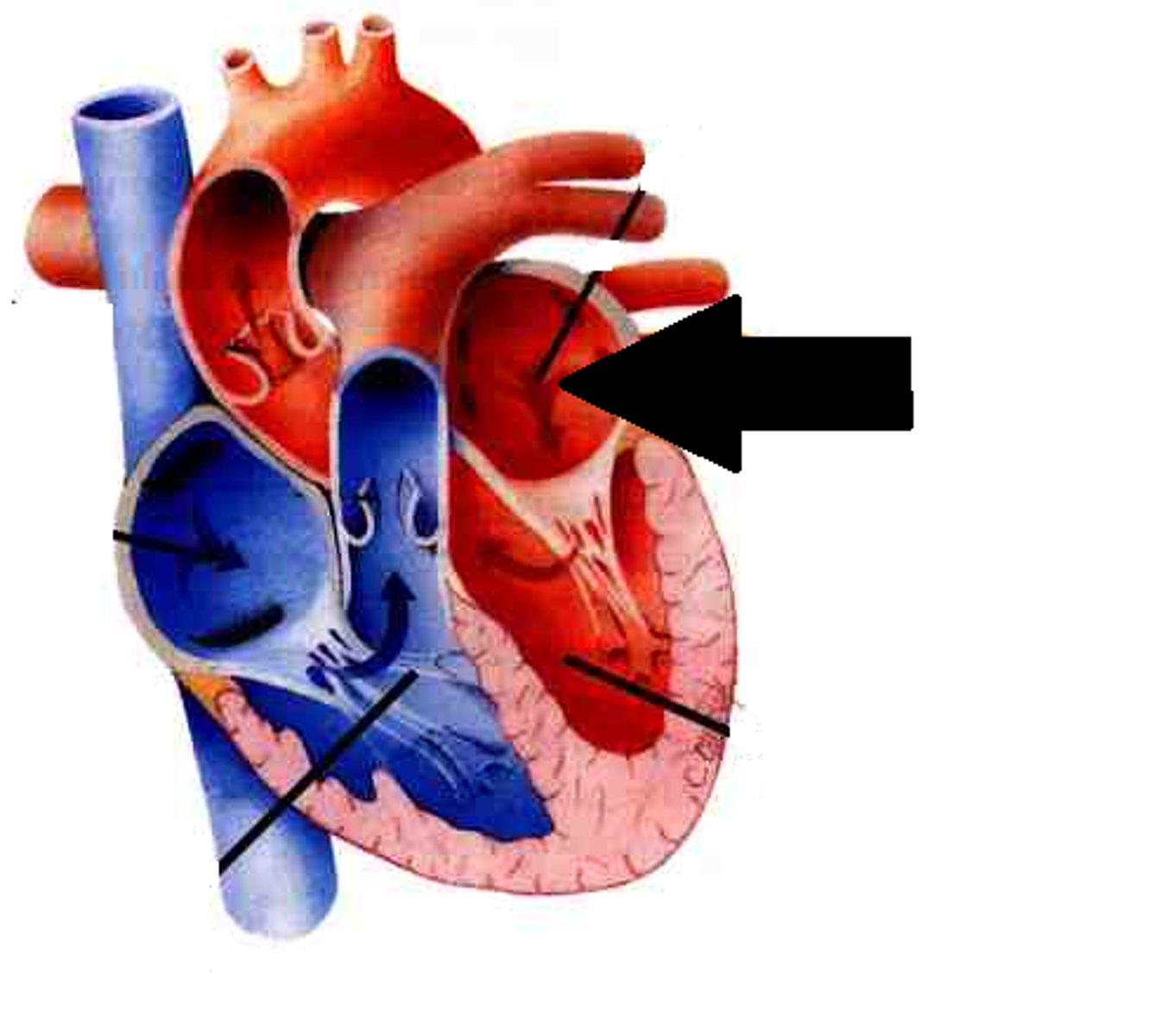
Left Ventricle
A lower chamber containing oxygenated blood
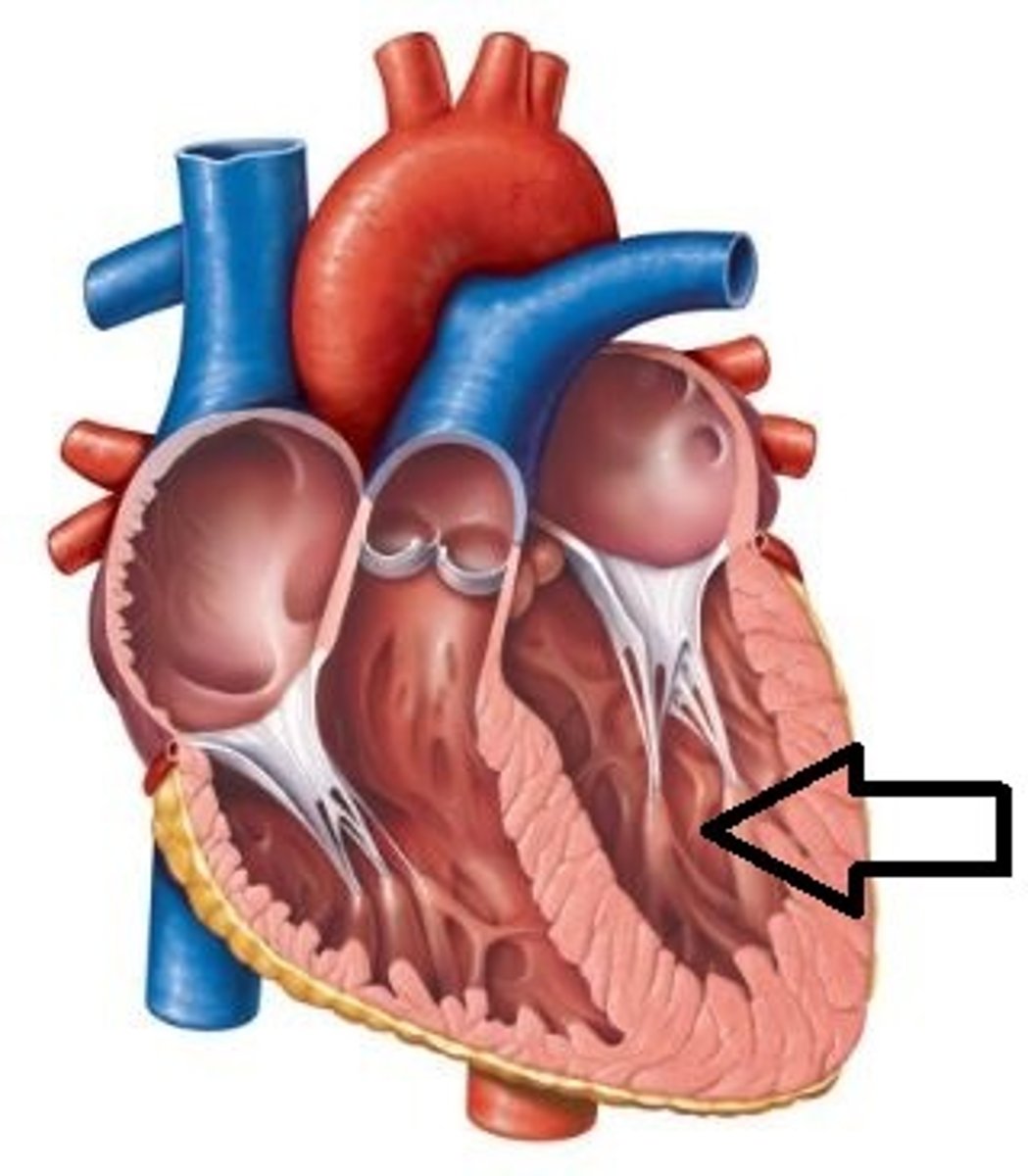
Septum
The wall dividing the left and right sides of the heart
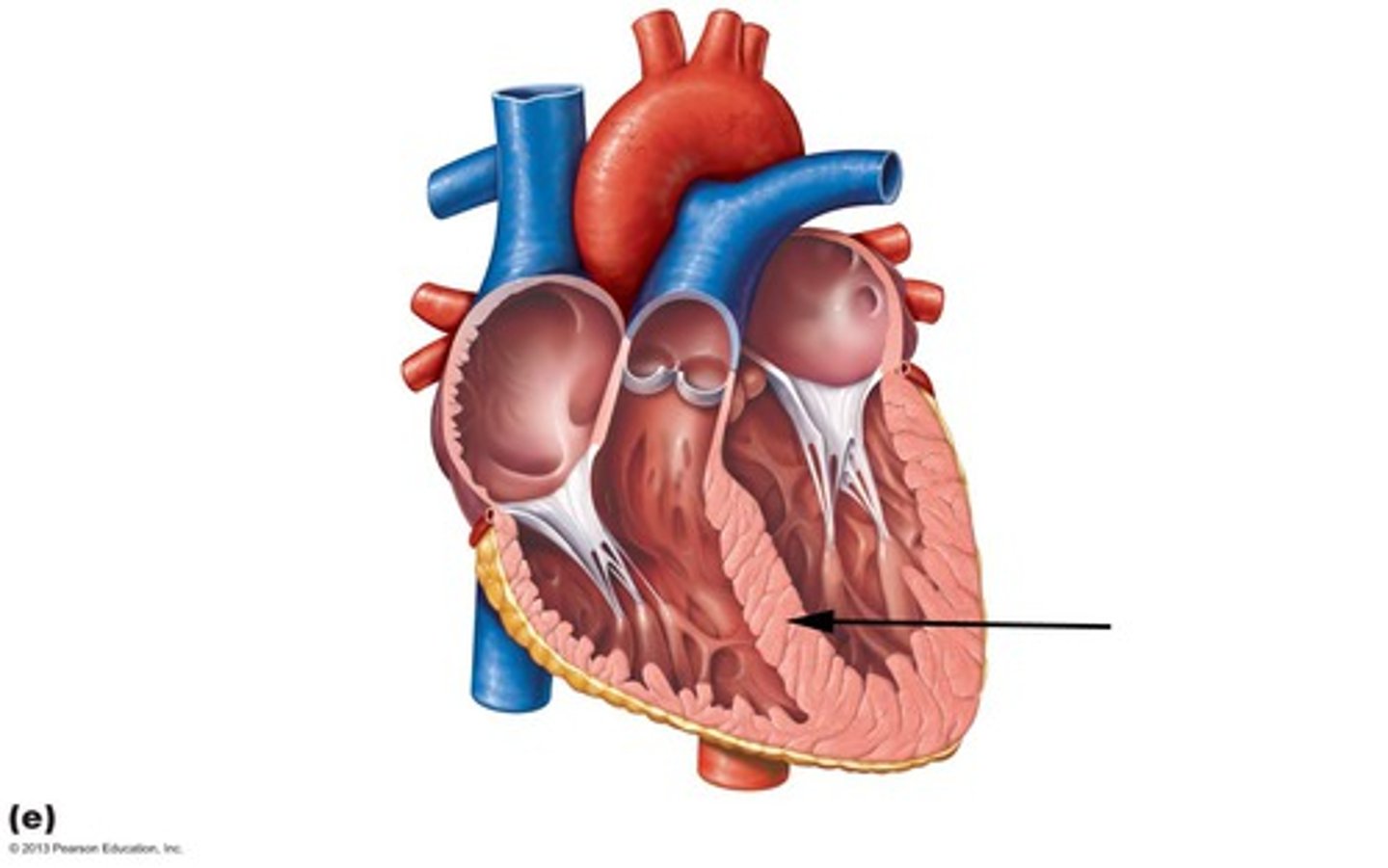
Right Ventricle
A lower chamber containing deoxygenated blood
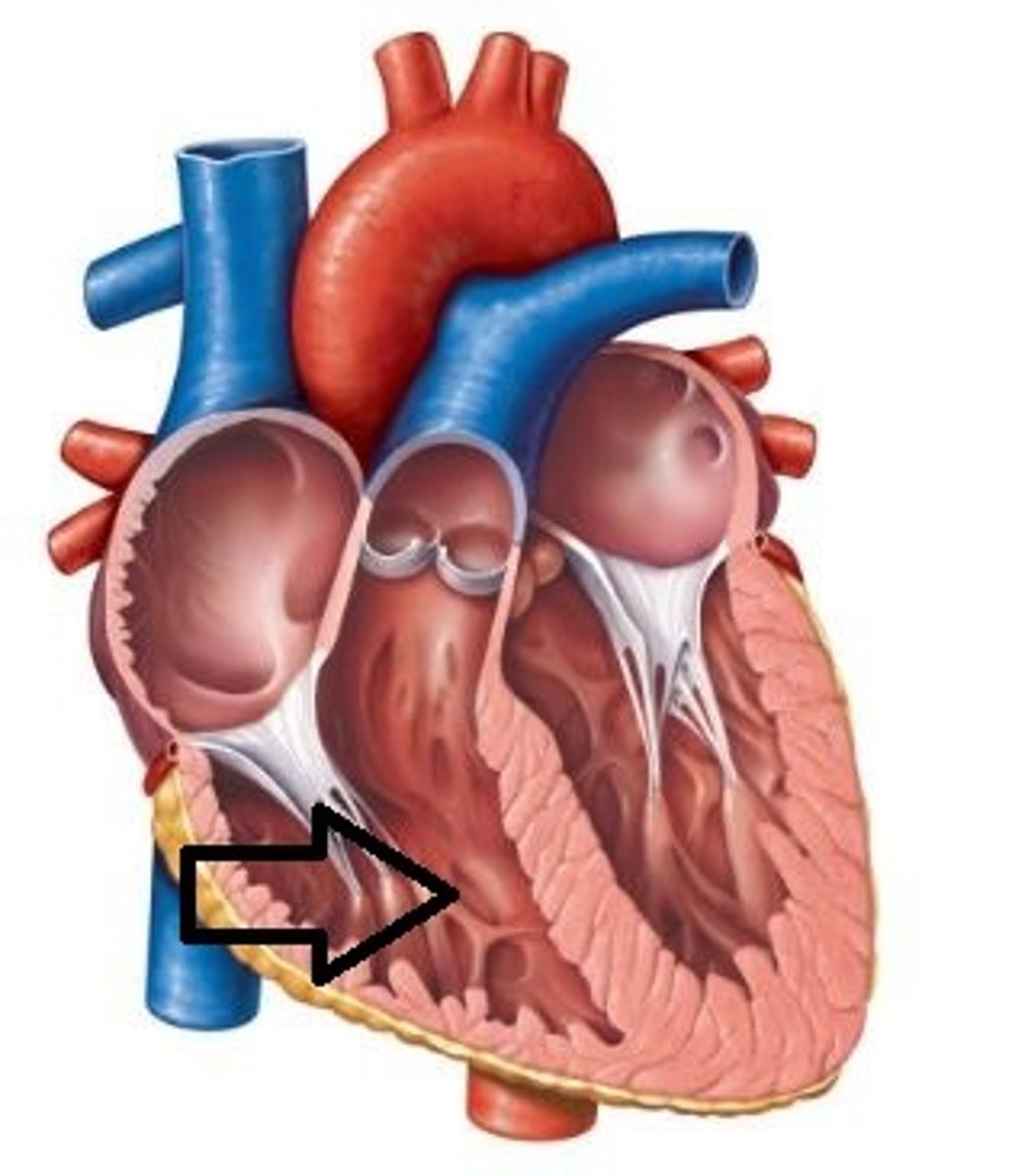
White Blood Cells
- They are white blood cells which combat infection
- They are large cells that contain a nucleus
- They fight disease by making antibodies or changing shape to engulf the micro-organism
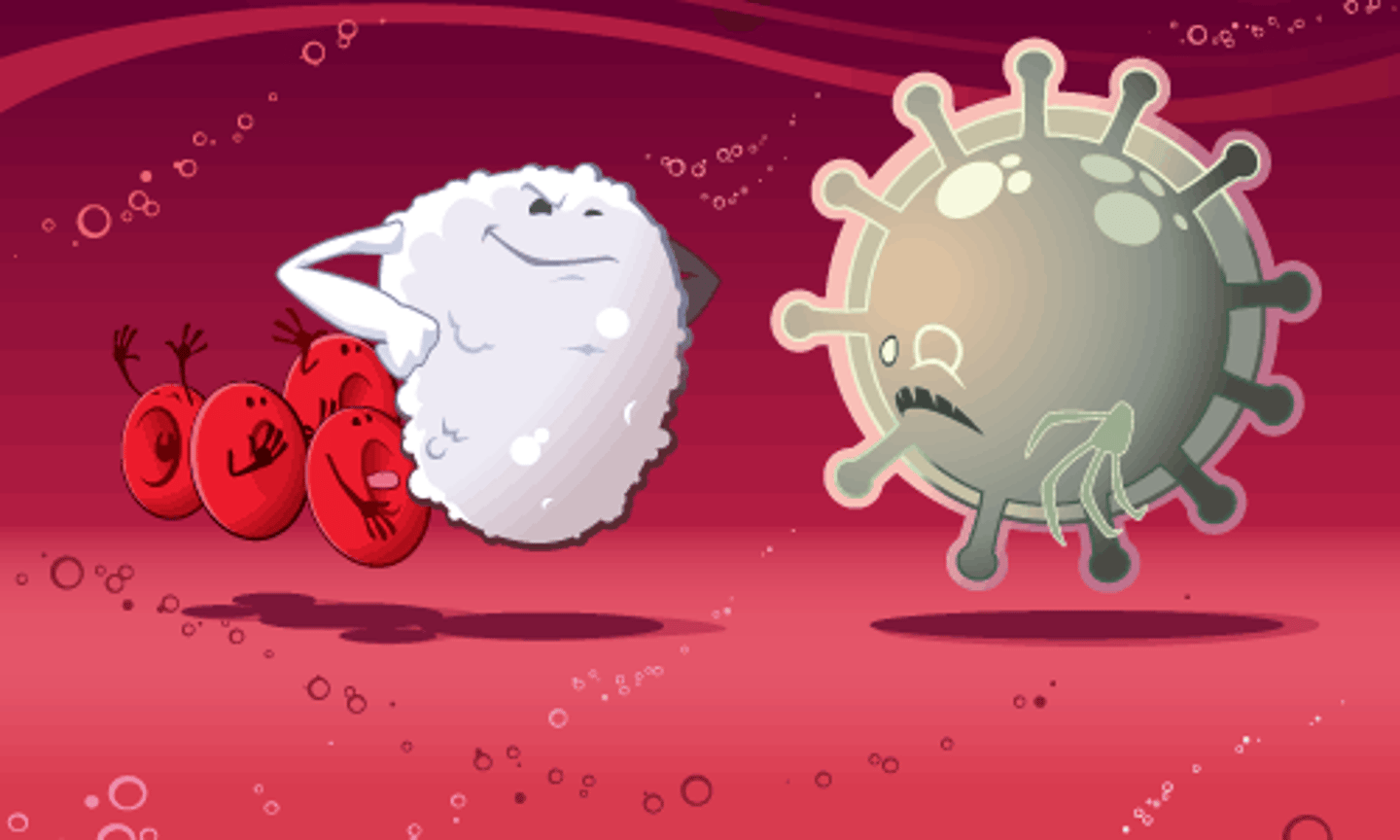
Platelets
They are tiny structures that help the blood to clot
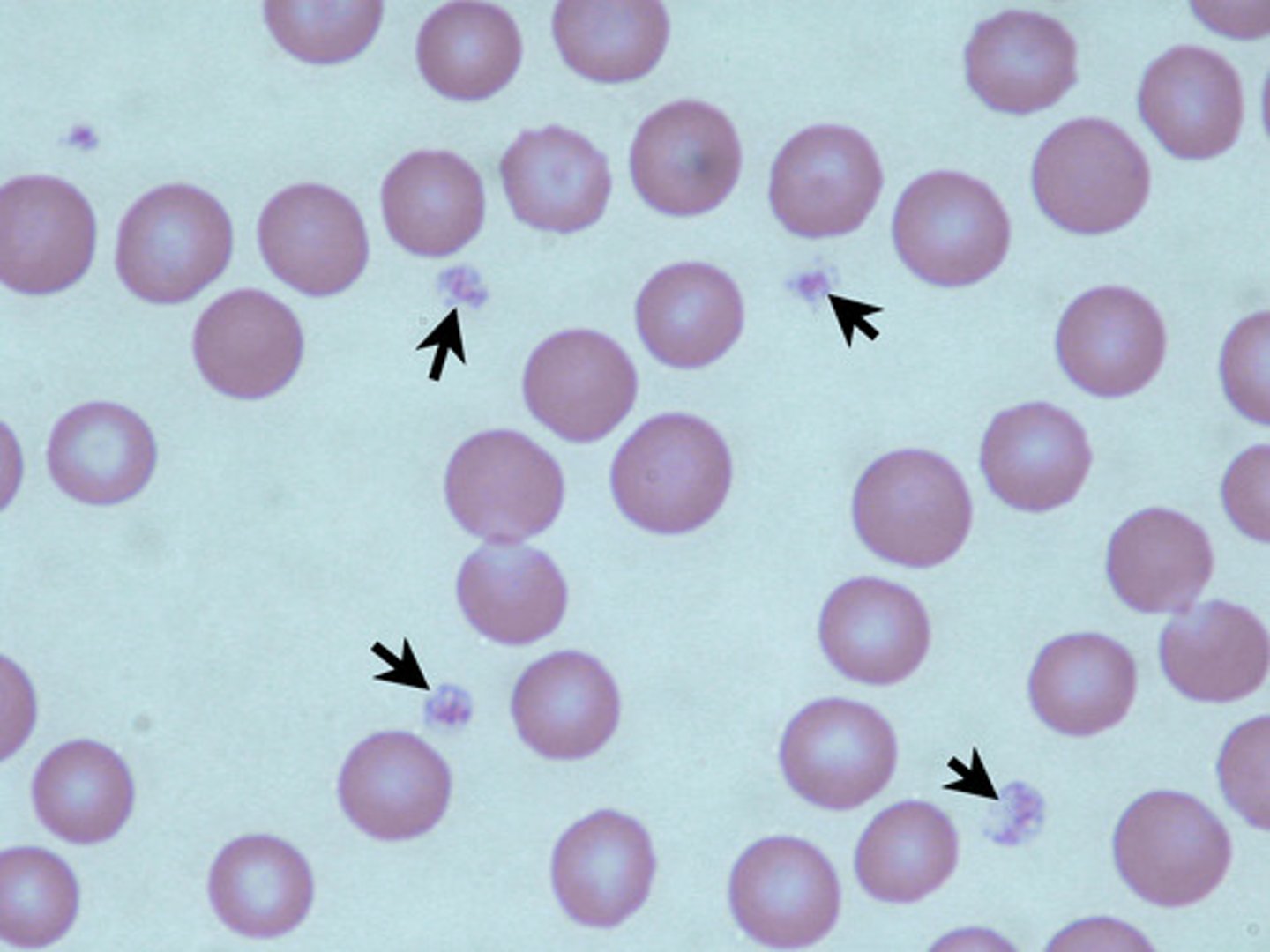
Vascular Bundles
- A strand of conducting vessels in the stem or leaves of a plant, typically with phloem on the outside and xylem on the inside
- In the leaf, they provide support for the soft leaf tissue
- In the stem, they are found on the outer edge, providing the stem with strength to resist wind
- In the root, they are found near the centre, enabling the root to act as an anchor
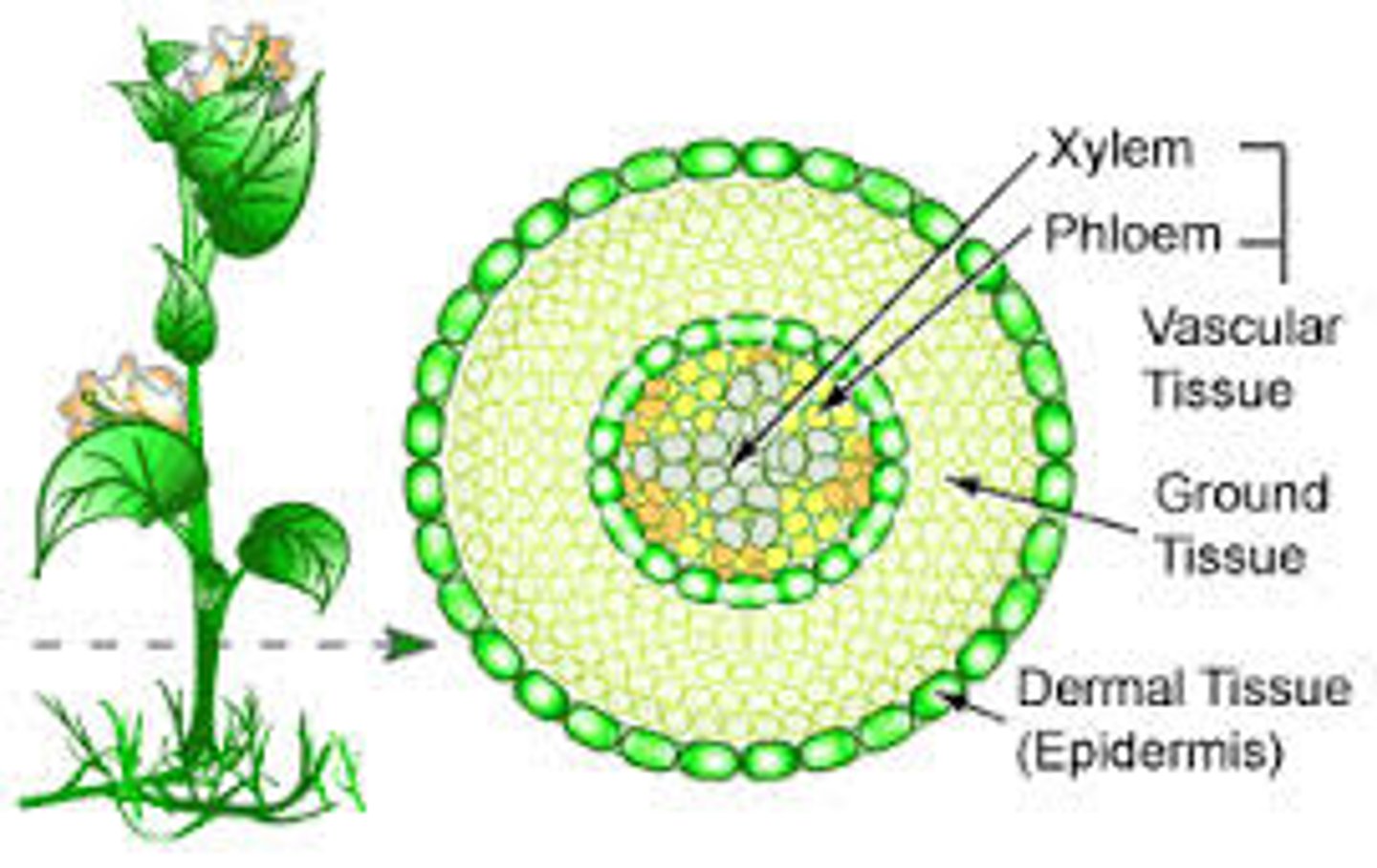
Reason for a Plant Wilting
- If a plant loses water faster then it takes it in, it can wilt
- The leaves collapse and wilt which greatly reduces surface area available for evaporation
- The stomata will close and the plant can die if it doesn't revive water
Factors Affecting Rate of Transpiration - Light Intensity
- Stomata opens in the light and closes in the dark
- The higher the light intensity, the more water evaporates
- The rate of transpiration will increase till all stomata are open
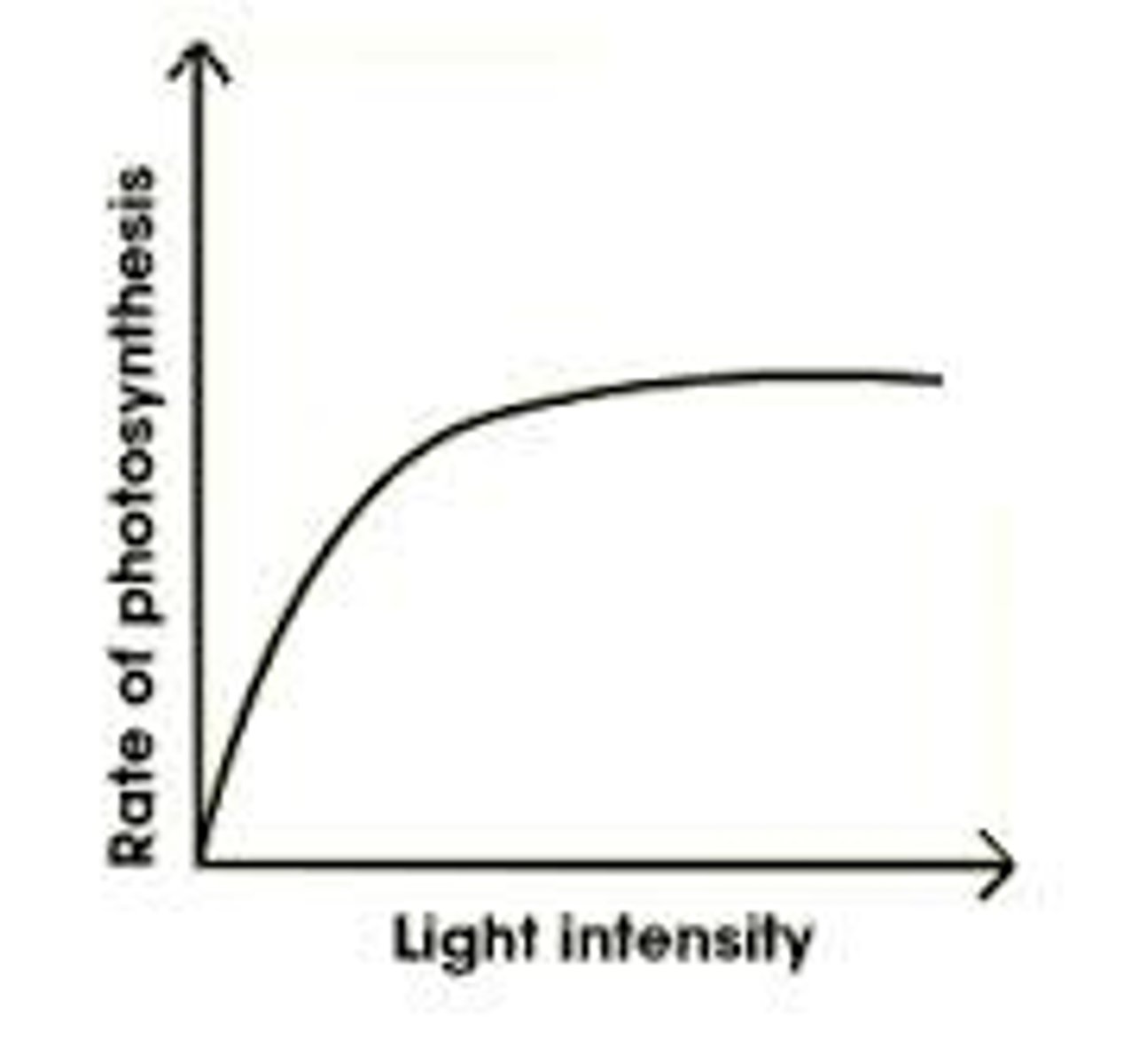
Factors Affecting Rate of Transpiration - Temperature
- An increase in temperature means water evaporates from the leaf quickly
- Diffusion becomes more rapid
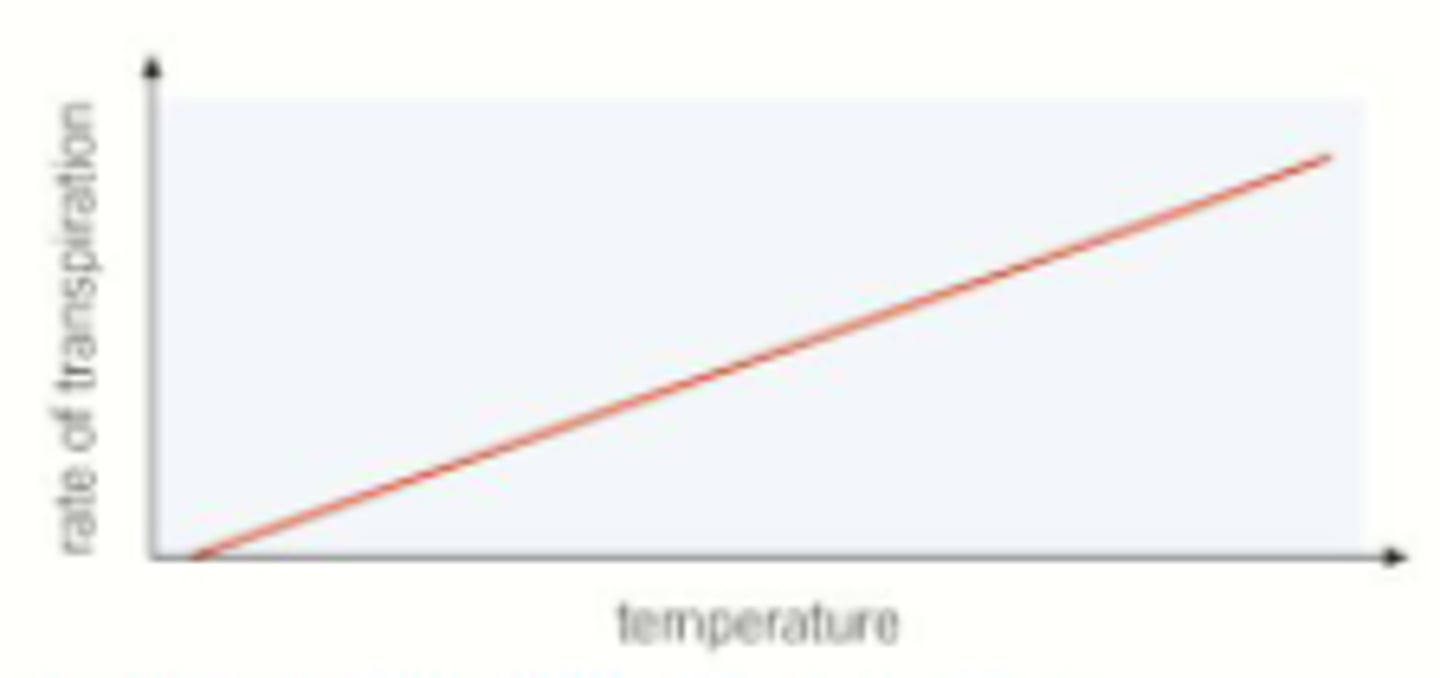
Factors Affecting Rate of Transpiration - Air Movement (Wind)
- Air / Wind moves evaporated water out from the leaf
- It increases the concentration gradient between the leaf and outside so water evaporates faster
- The faster the air moves the molecules, the faster the rate of transpiration
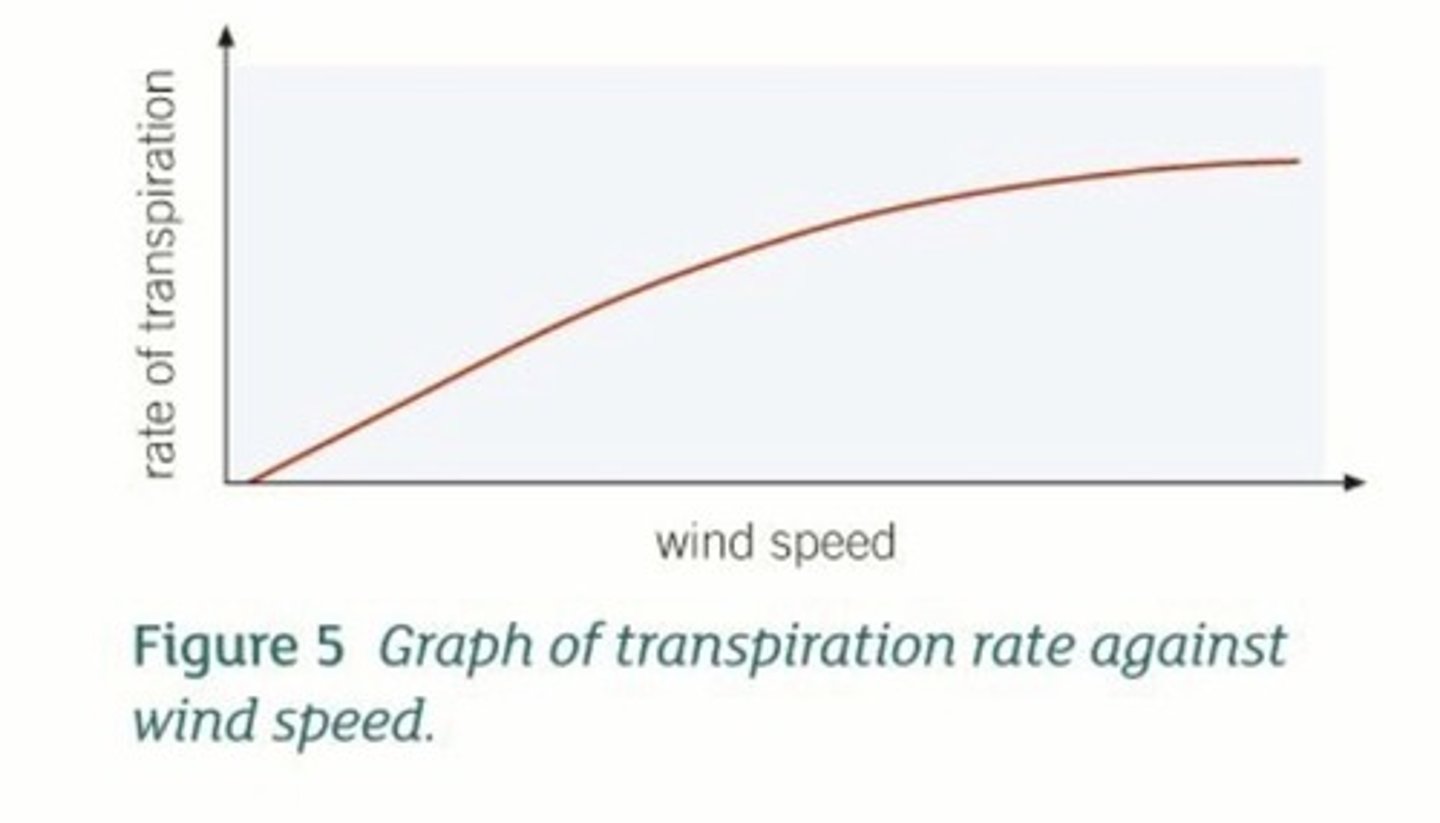
Factors Affecting Rate of Transpiration - Humidity
- Humidity means the amount of water in the air
- The higher the humidity the more water there is in the air, which reduces the rate of reaction
- An increase in humidity decreases the concentration gradient on the outside of the leaf
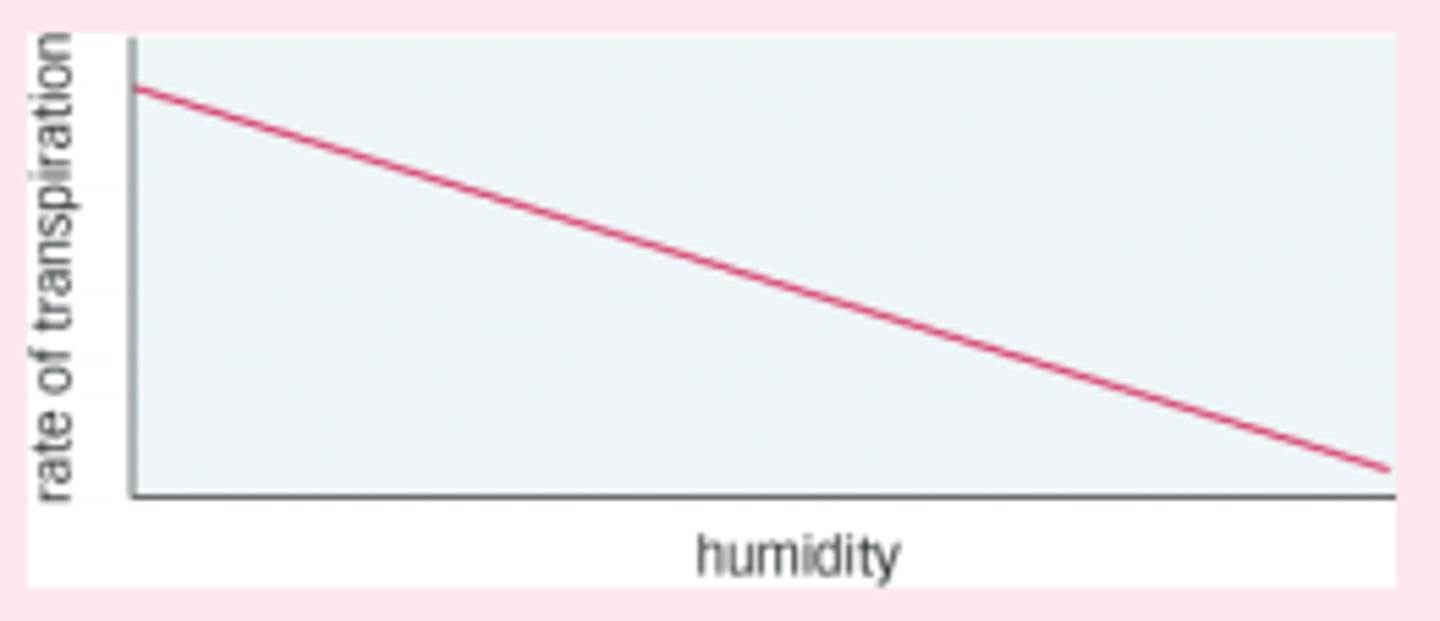
Osmosis in a Plant - Flaccid
- The surroundings have the same concentration as the cell contents meaning water moves in and out at the same rate
- There is no net movement of water
- The cell remains the same

Osmosis in Animals - Isotonic
- Surroundings have the same concentration as the cell contents
- There is no net movement of water
- The cell stays the same
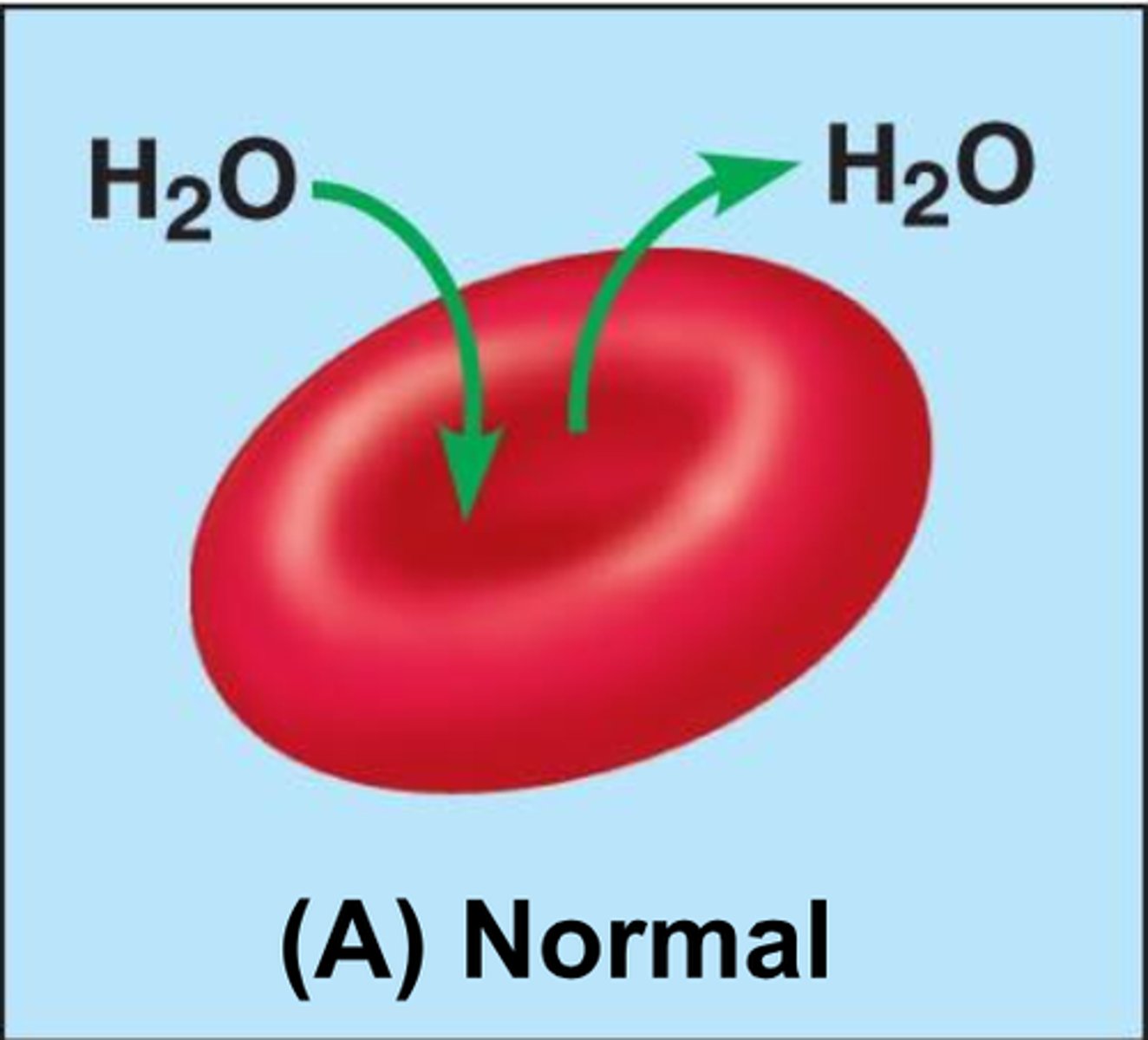
Carrier Proteins
- Proteins that bind solutes and transport them across the plasma membrane
- Energy is used so the protein can change shape / rotate
- E.g. Your intestines actively transport glucose to the blood via the villi
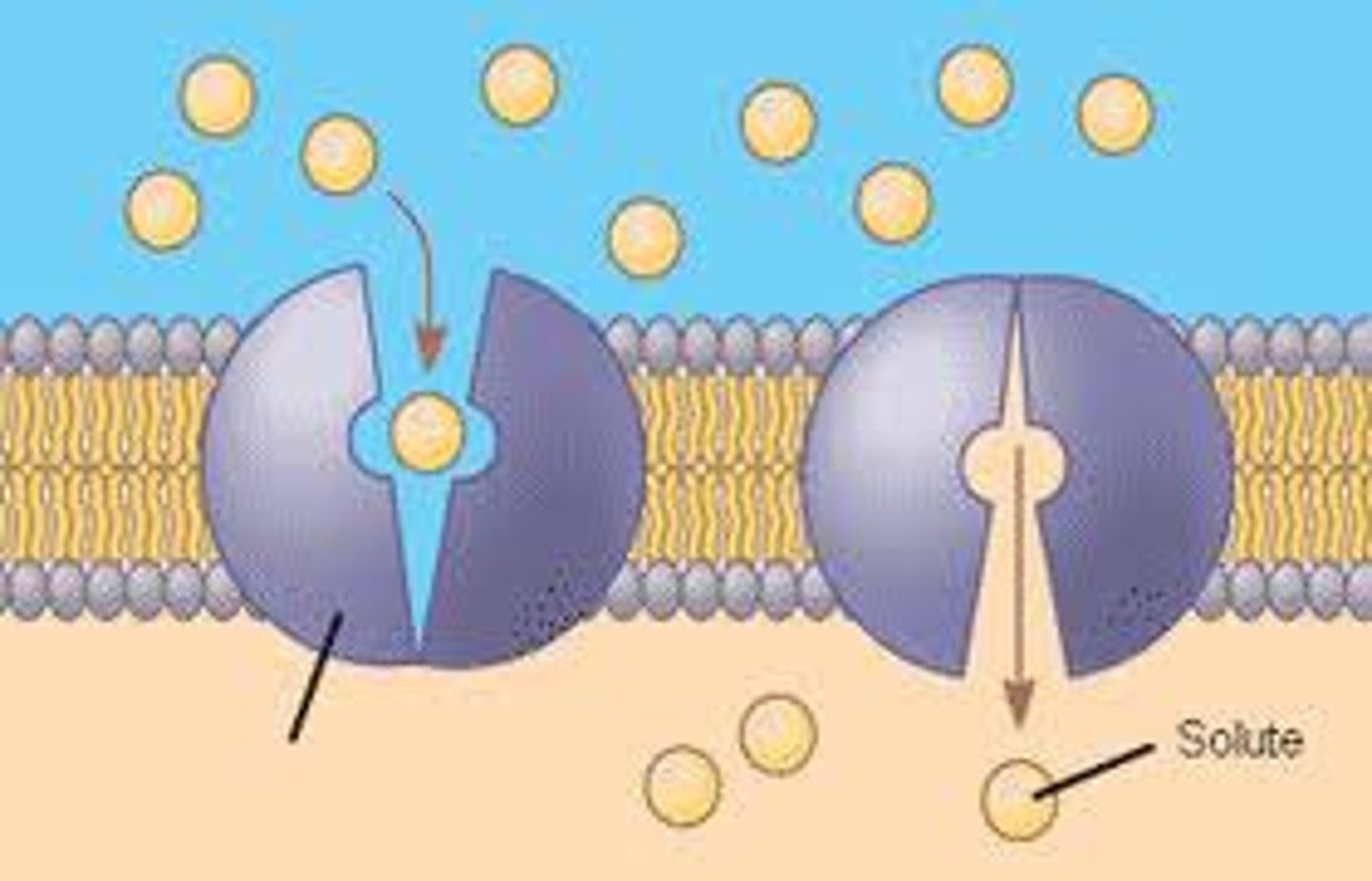
Cell Differentiation - Fat Cells
- They are specialised to store fat
- It stores energy and enables an animal to survive when food is short
- They provide an animal with insulation and form a protective layer around some organisms
- They can expand to x1000 their original size
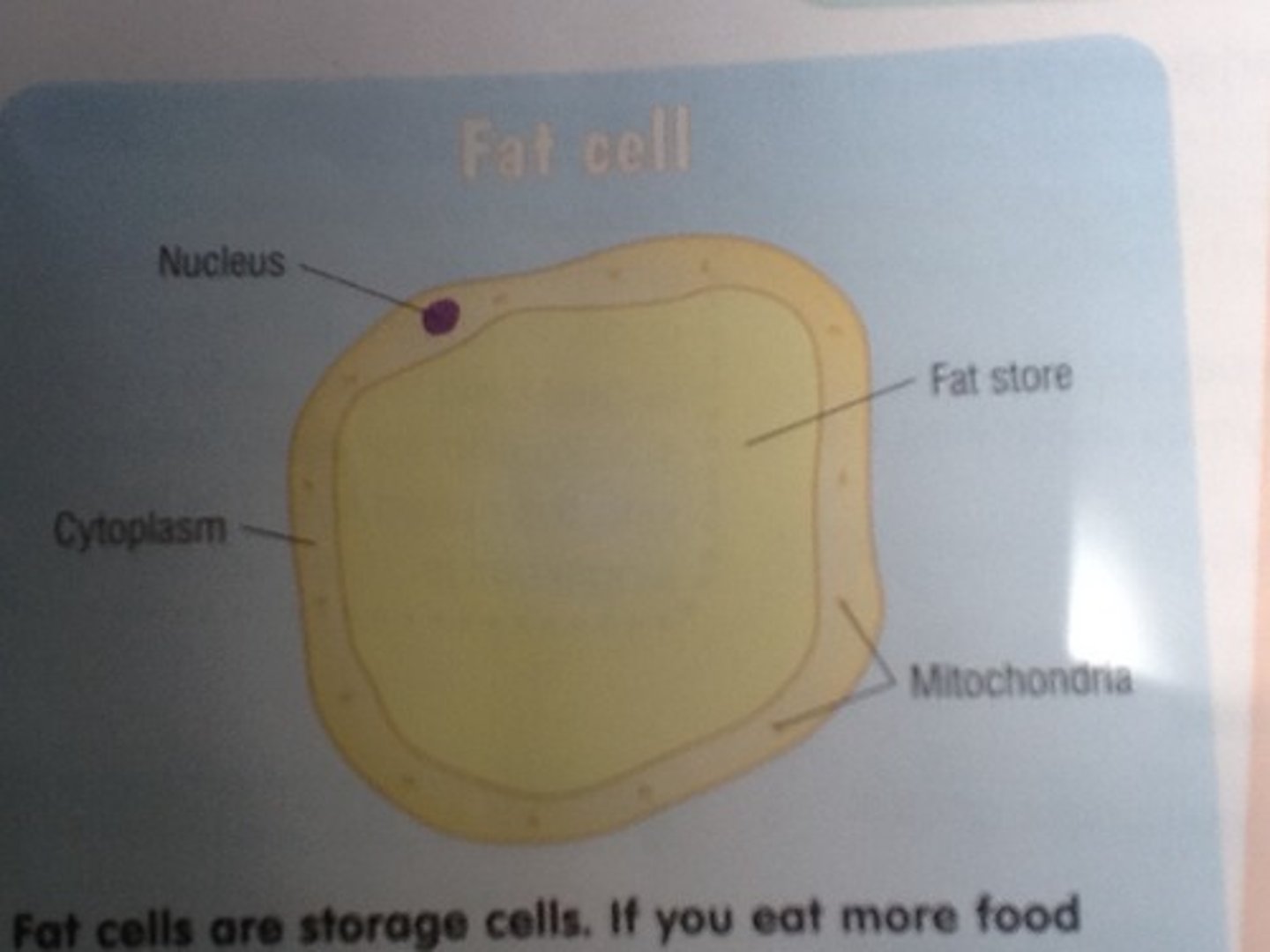
Cell Differentiation - Ciliated Cells
- They are in your airways
- They trap dirt and bacteria
- The Cilia (hairs on the top of the cell) sweep the mucus away from your lungs to the back of the throat
- You swallow the mucus and any bacteria present are killed in your stomach
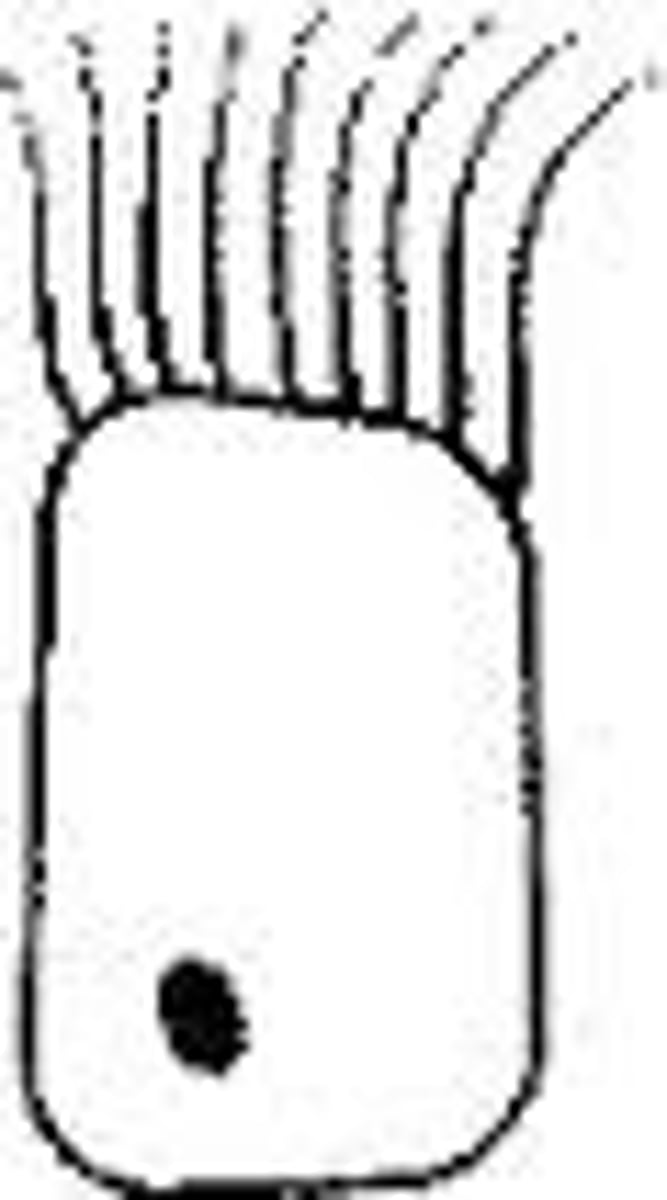
Cell Differentiation - Palisade Cells
- They are specialised for carrying out photosynthesis
- They are found near the surface of the leaf and are full of chloroplasts
- They have a regular shape, allowing for close packing, maximising the absorption of sunlight
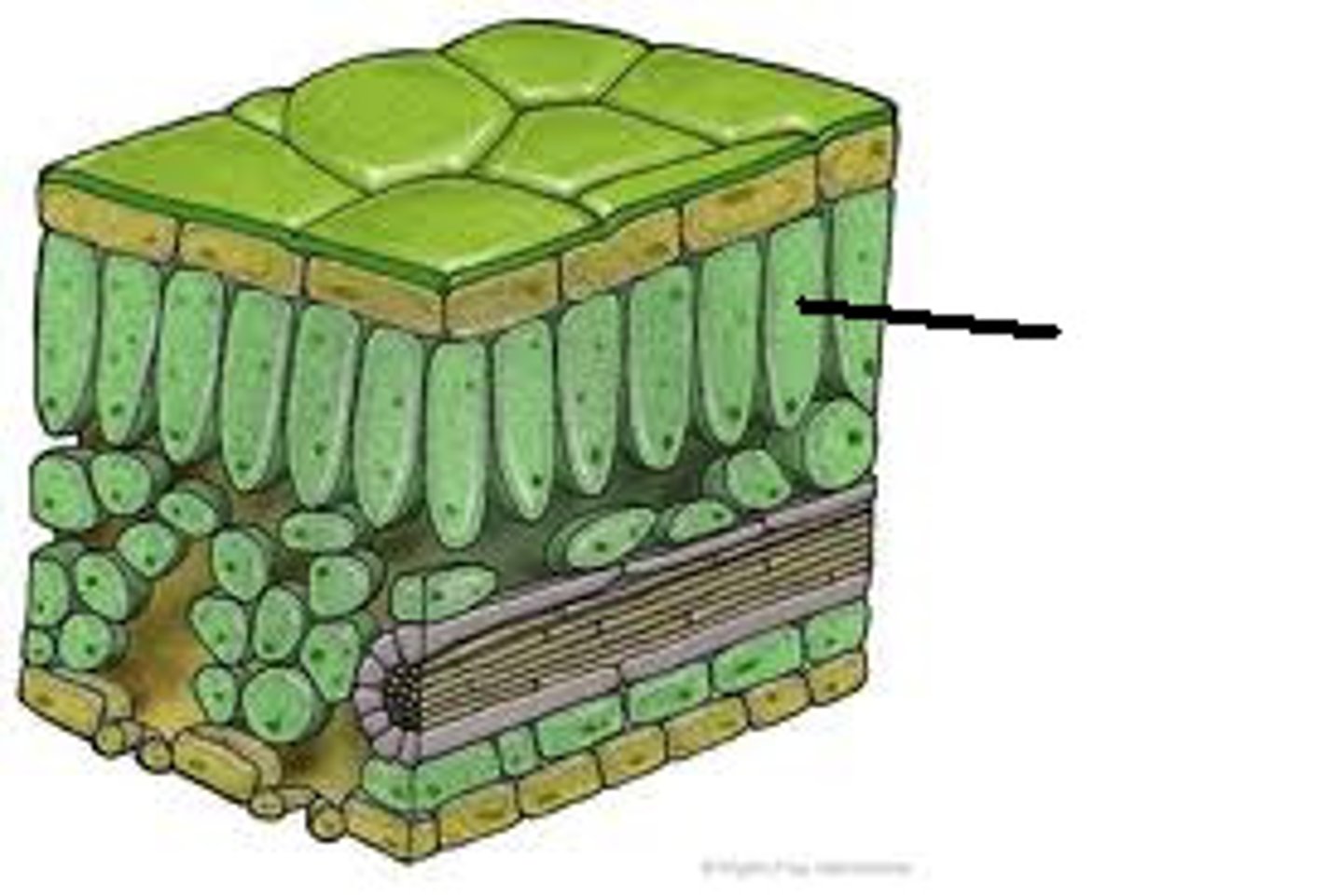
Surface to Volume Ratio (S/V)
It is the surface area per unit volume of an object
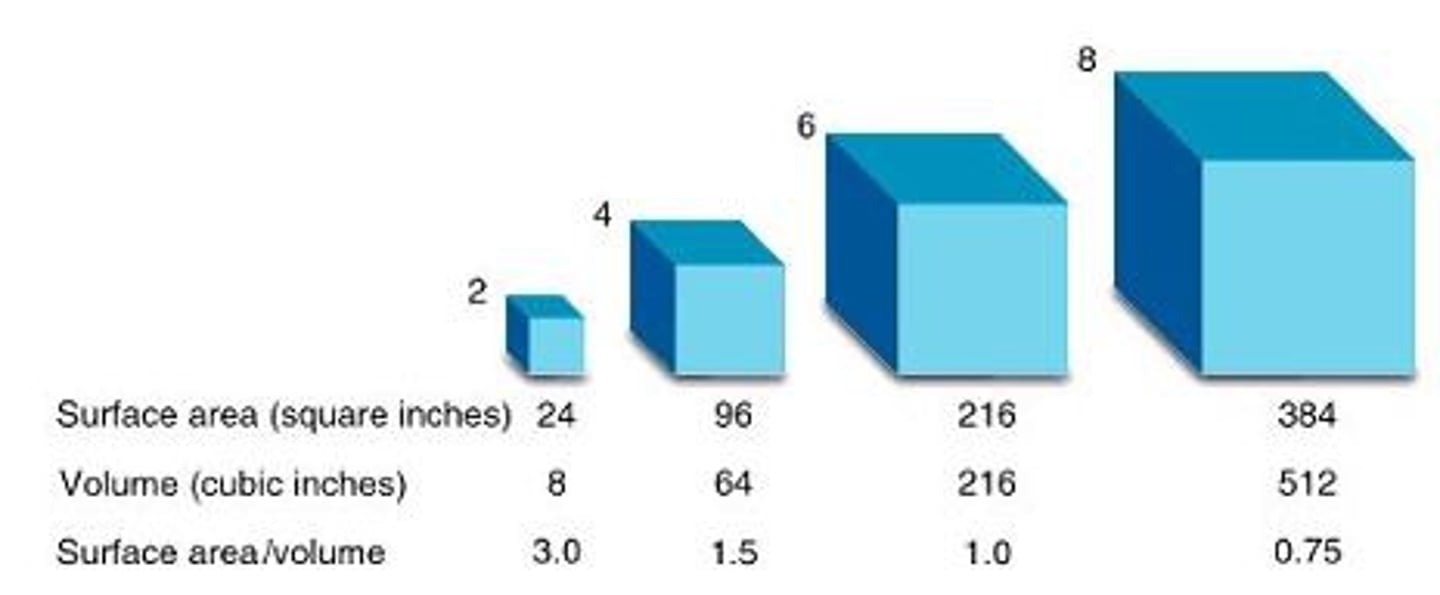
Surface to Volume Ratio - Multicellular Organisms
- They have developed differently to increase surface area : volume ratio at exchange surfaces
- To maximise rate of diffusion of oxygen into the blood stream, lungs contain many alveoli to increase the surface area of the lungs
Surface to Volume Ratio - Unicellular Organisms
- Unicellular organisms (e.g. a tapeworm) have a large surface : volume ratio
- Nutrients can be diffused directly into the organism, enough to sustain life, as diffusion distances are small
- The larger the the organism, the lower the surface area : volume ratio becomes
Diffusion in the Body
- Your body transports glucose and oxygen which diffuses into the cells that need them
- Waste products are toxic and diffuse out of respiring cells, they pass through the cell membrane
Factors Affecting Diffusion
- Distance
- Steeper / Smaller concentration gradient
- Surface area